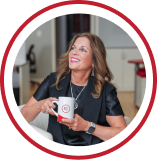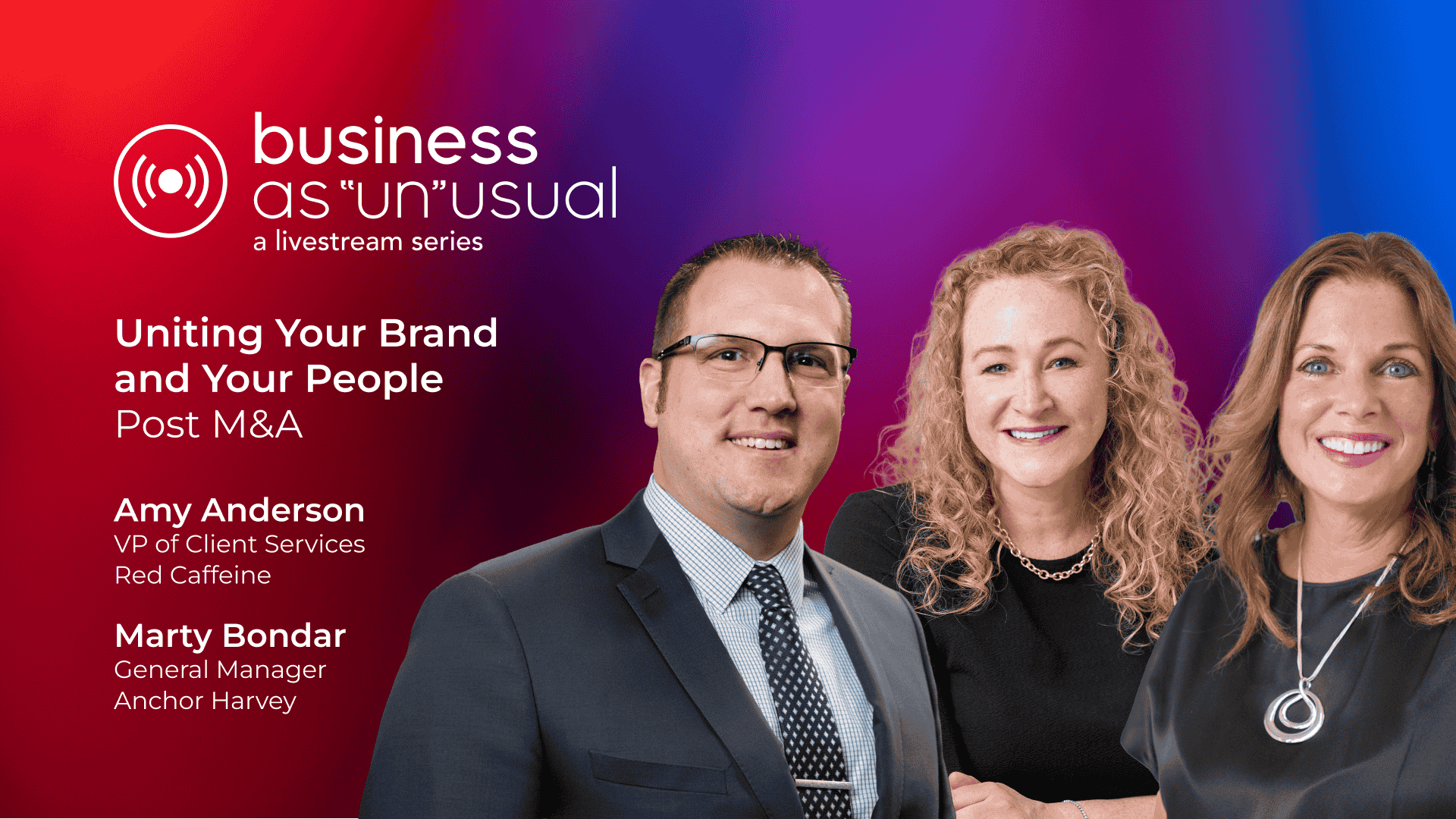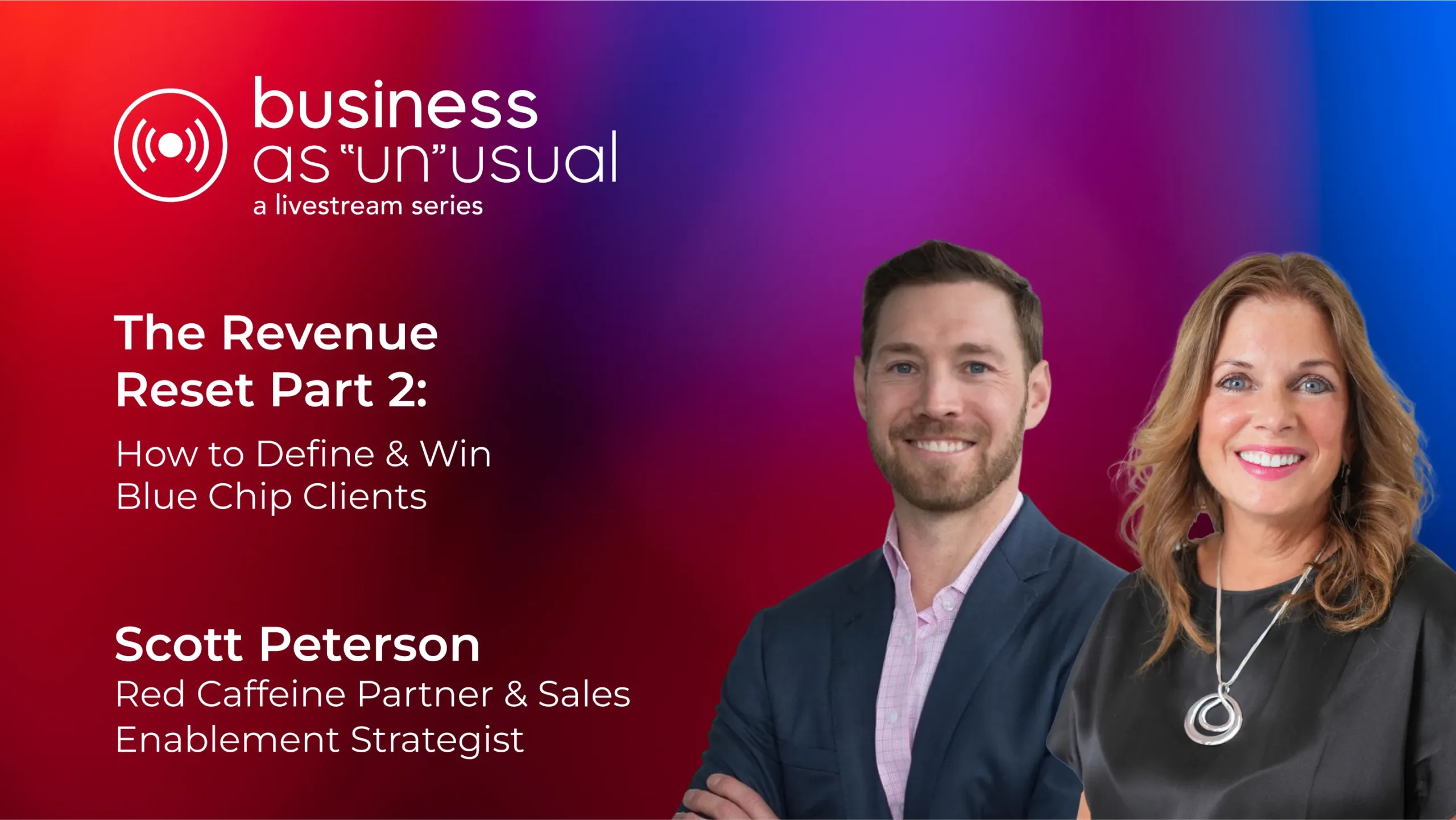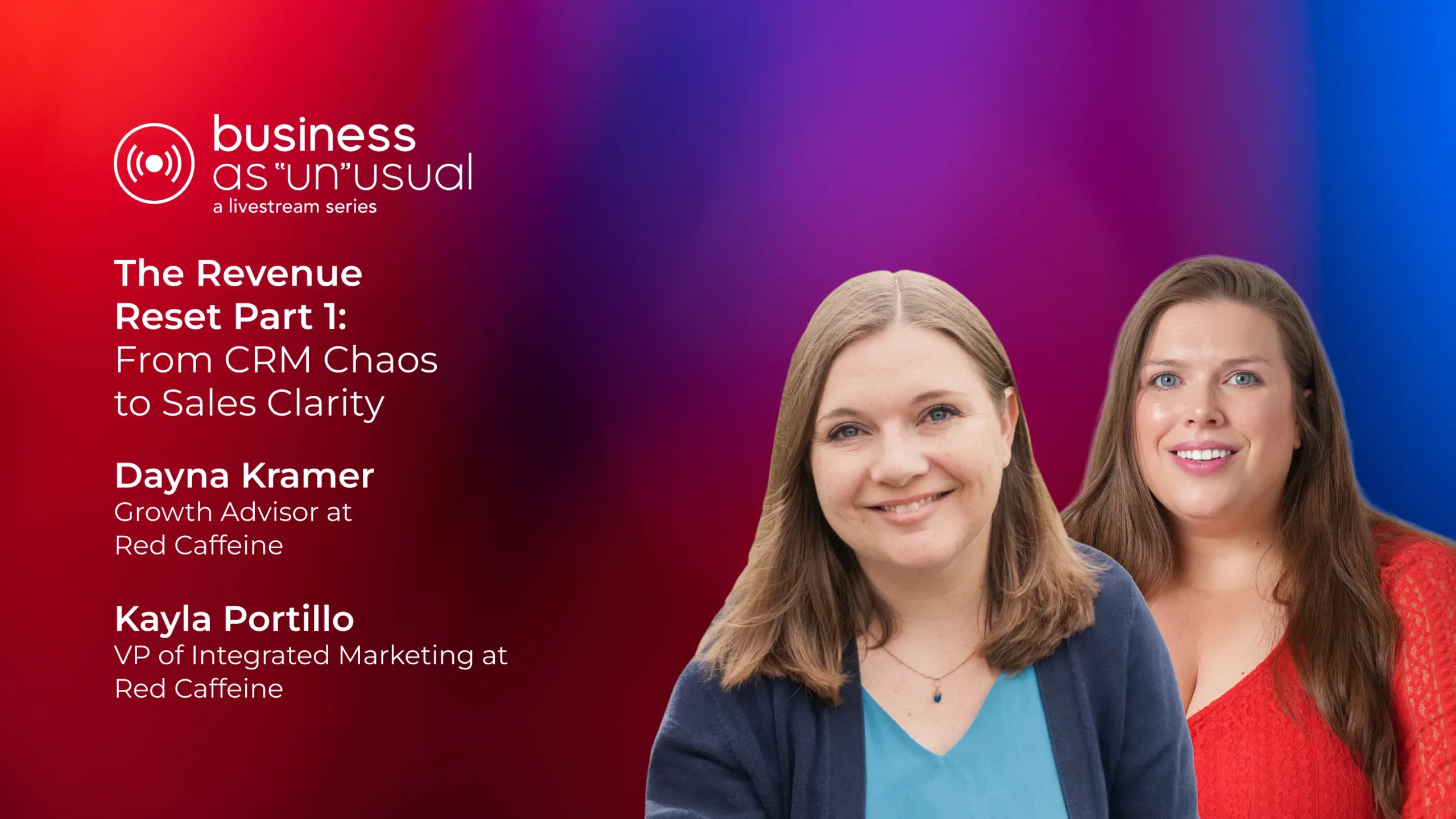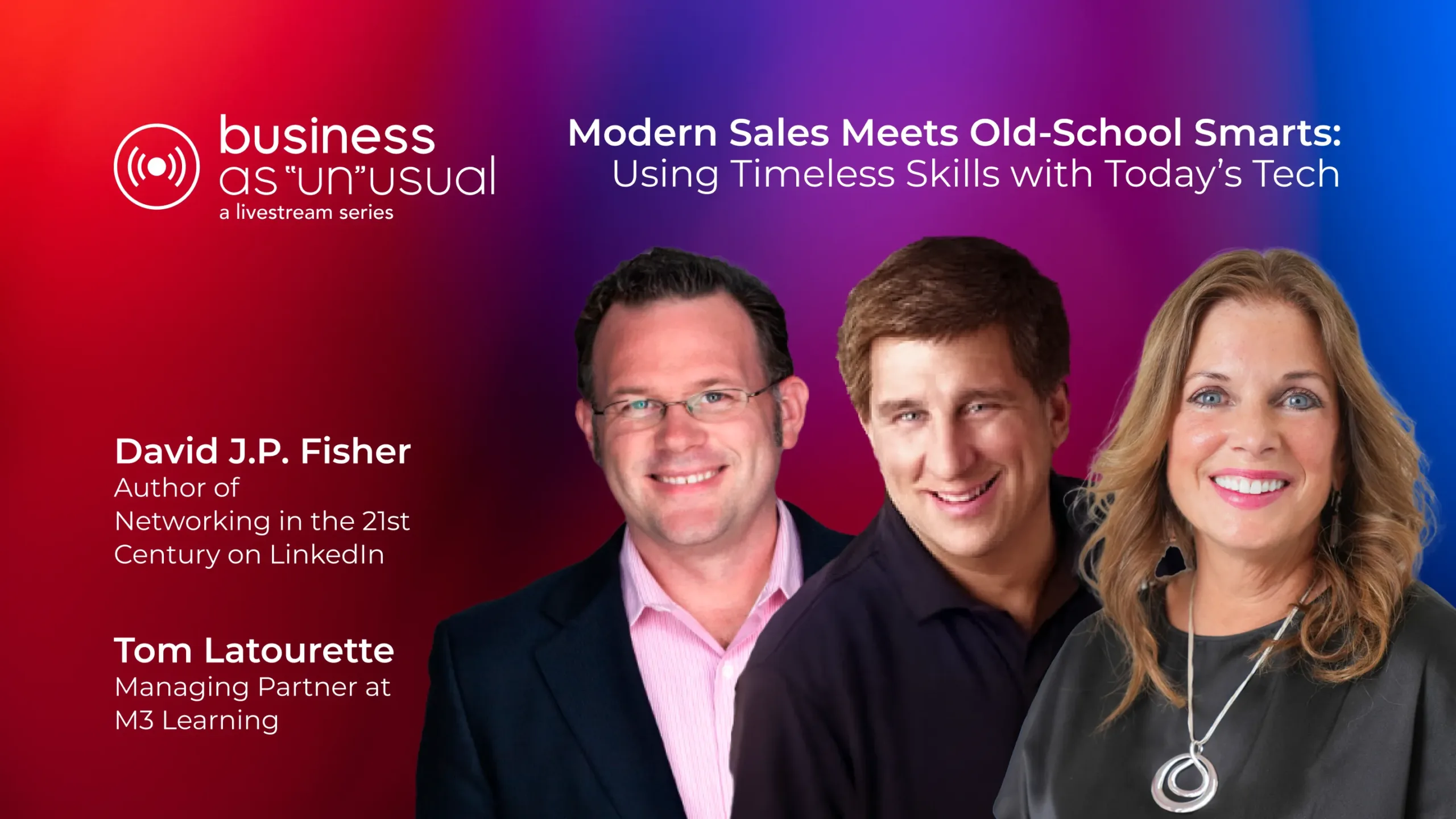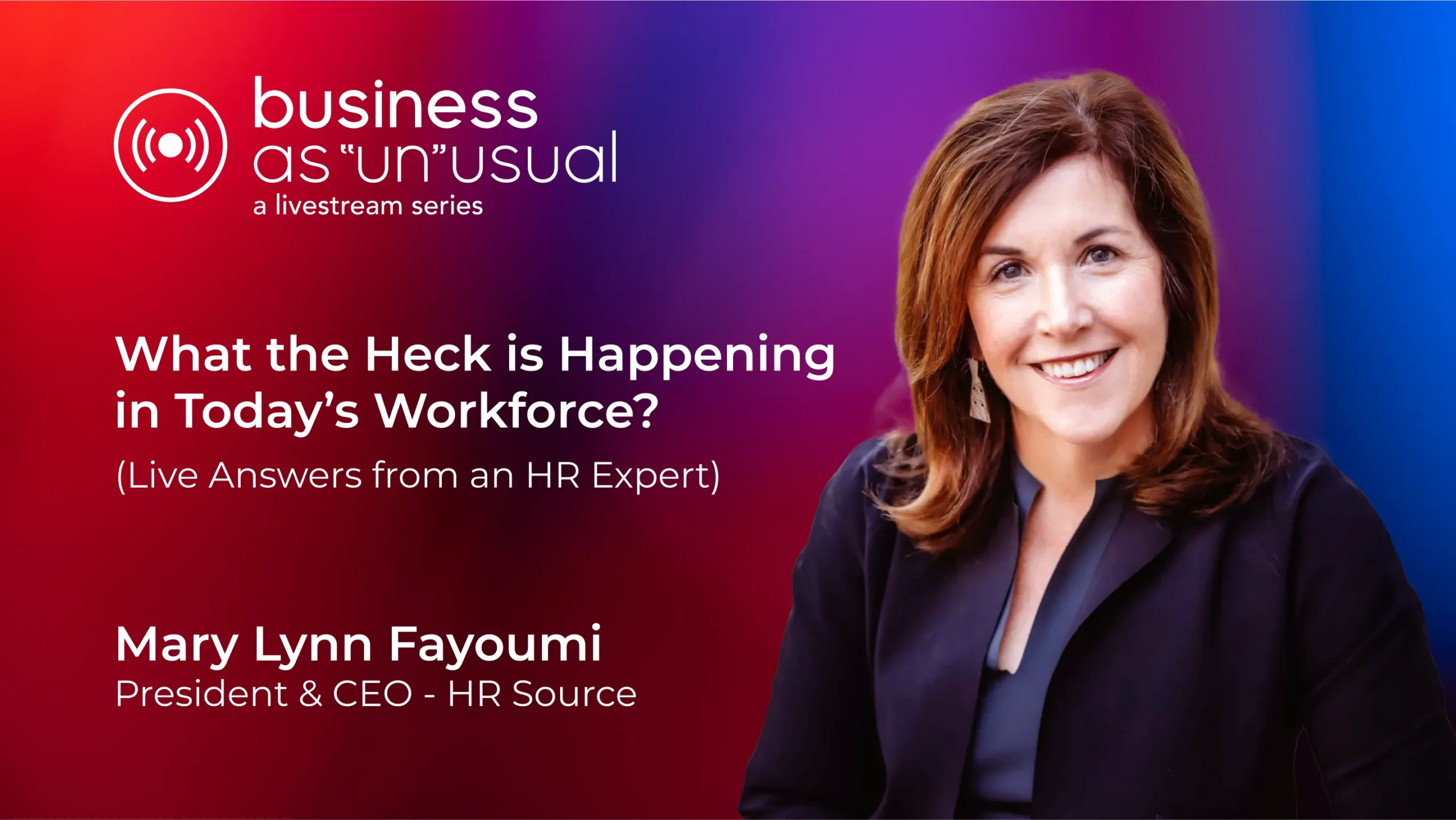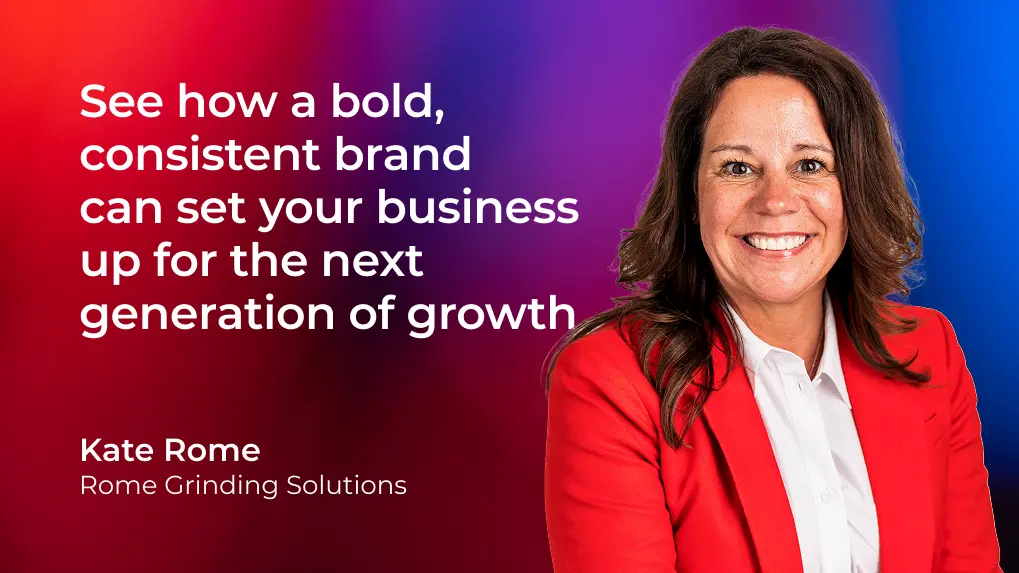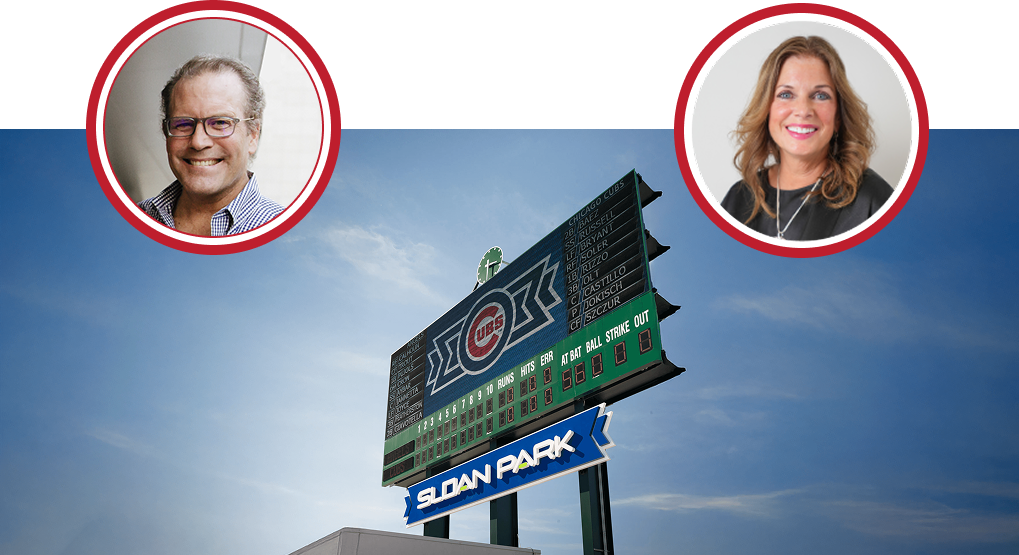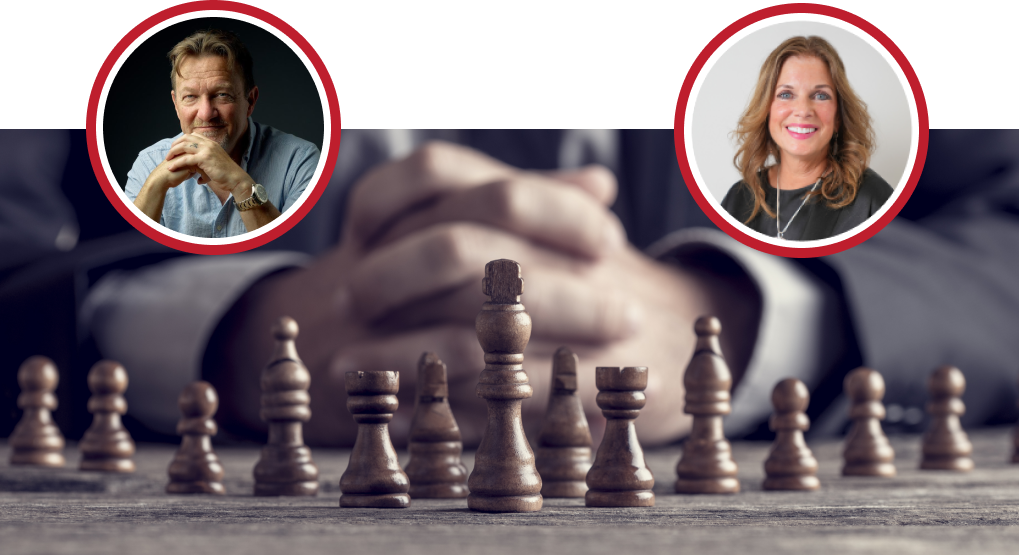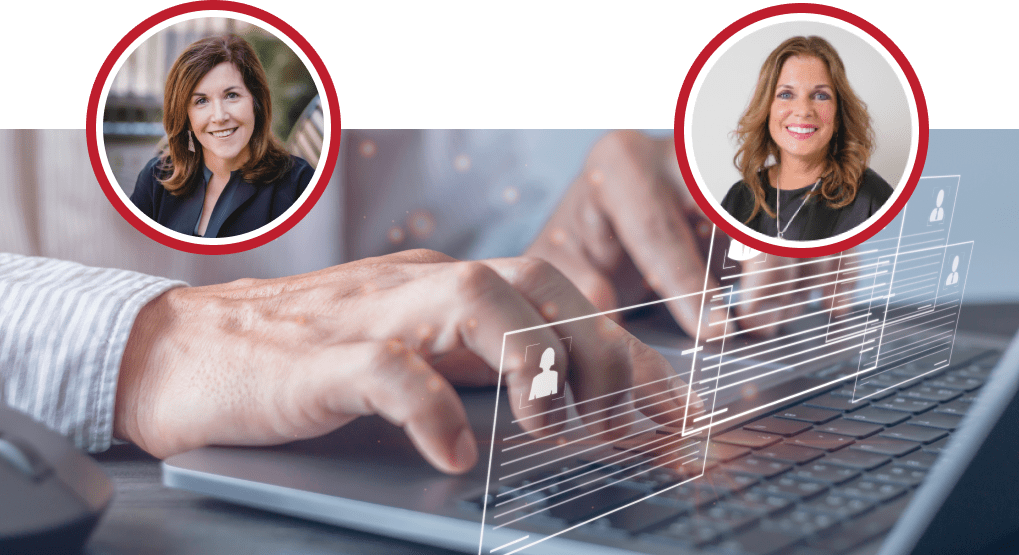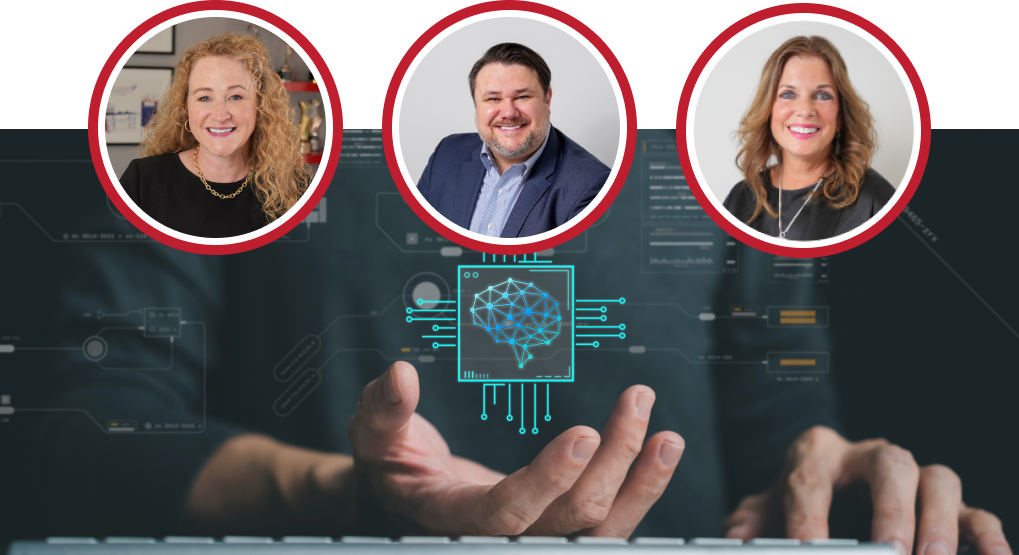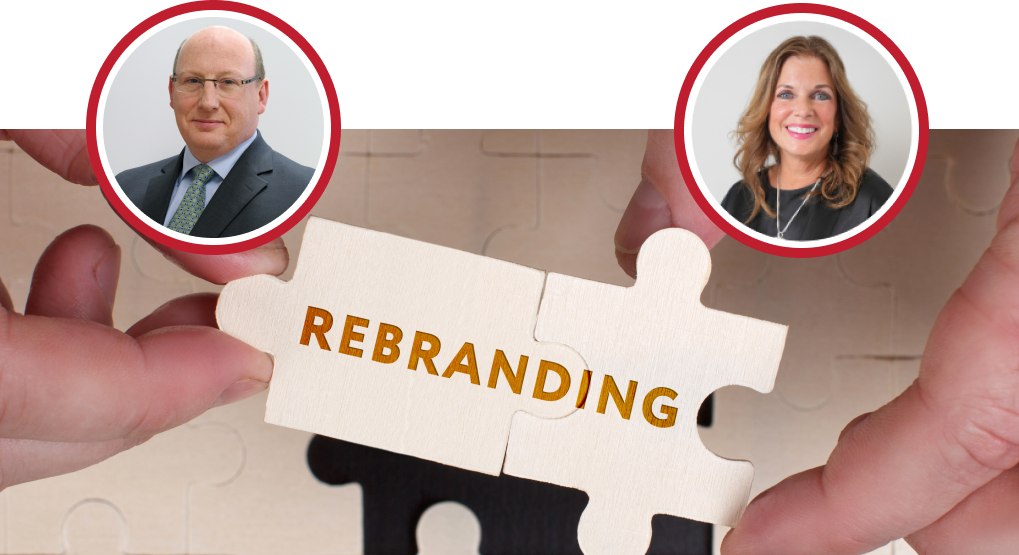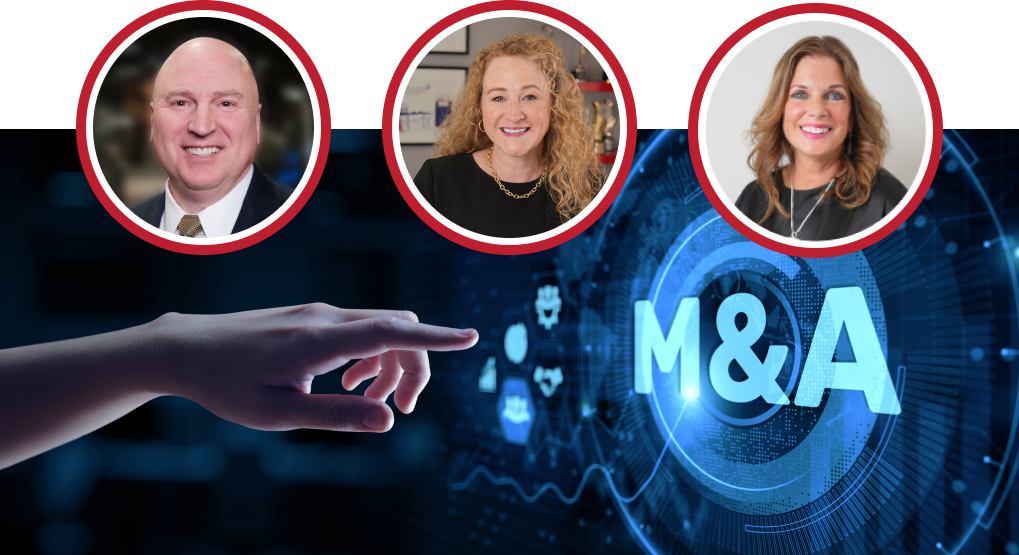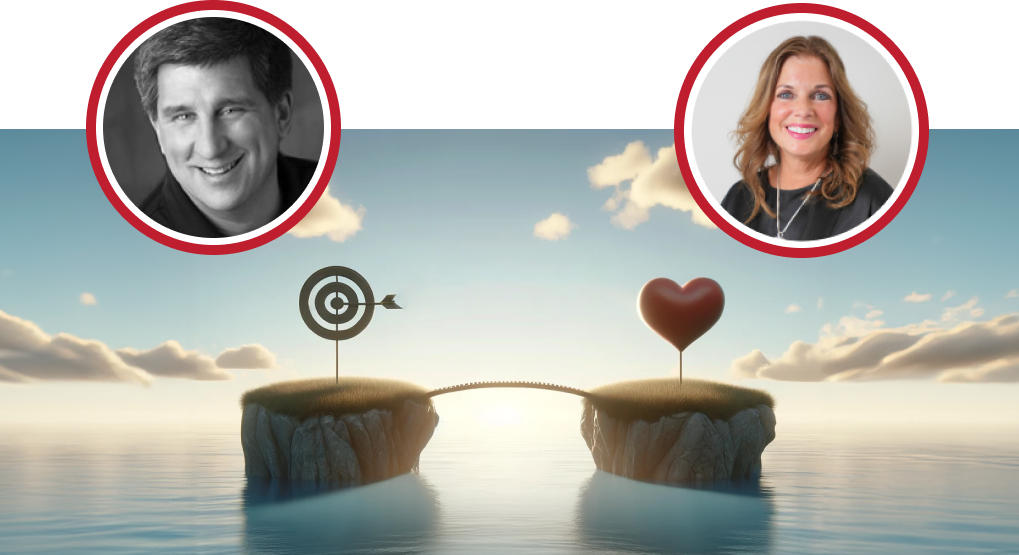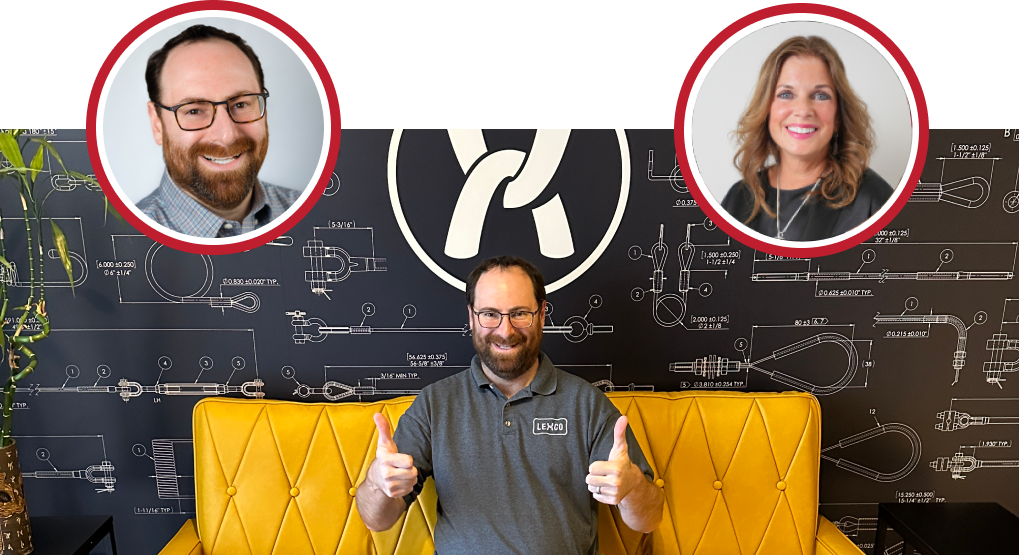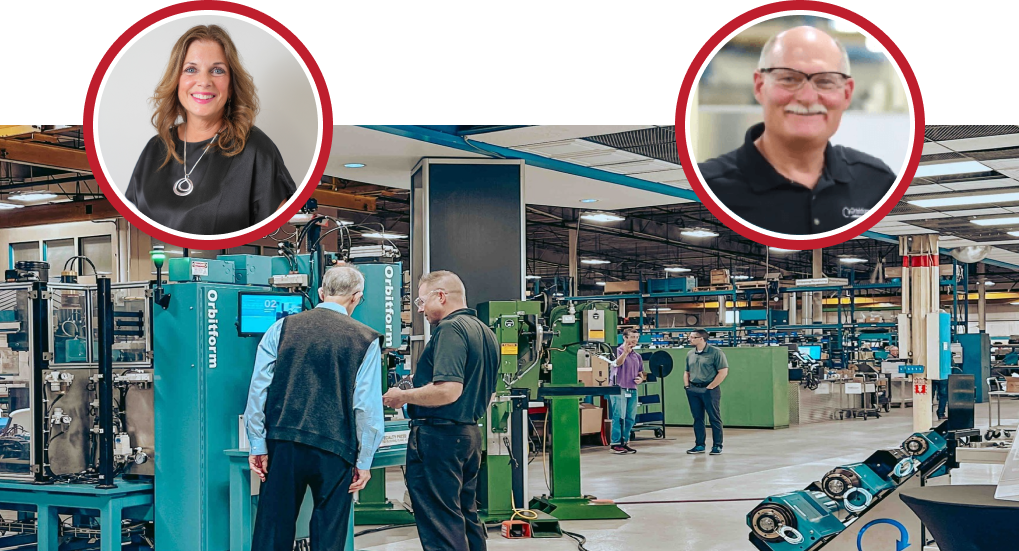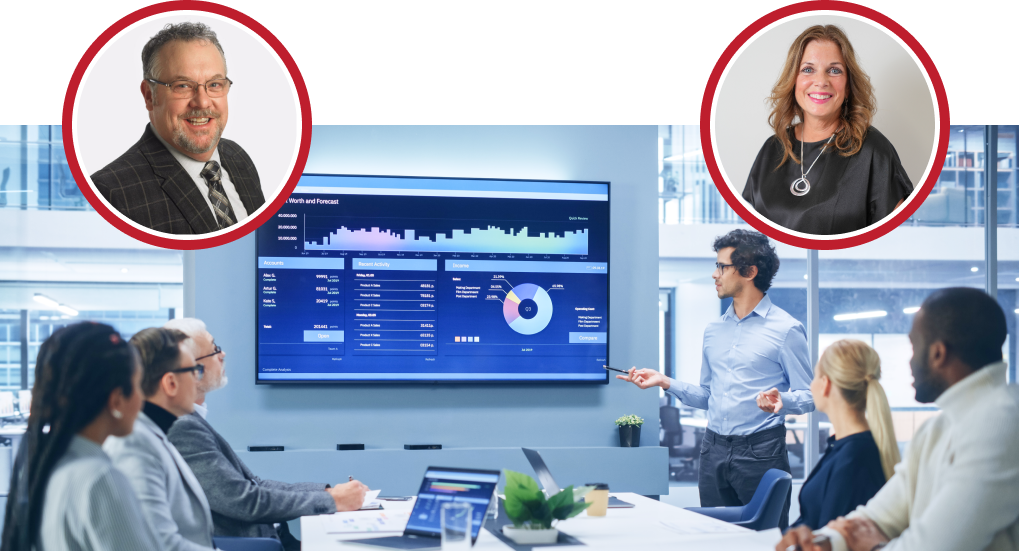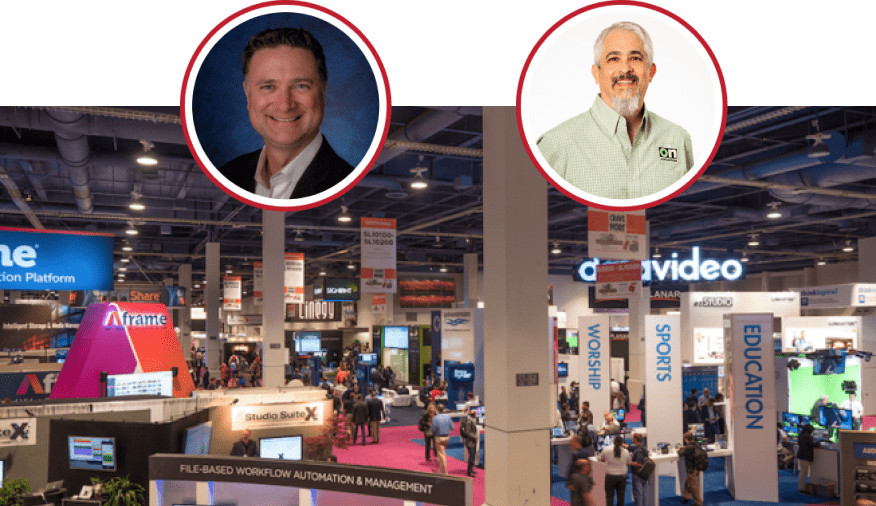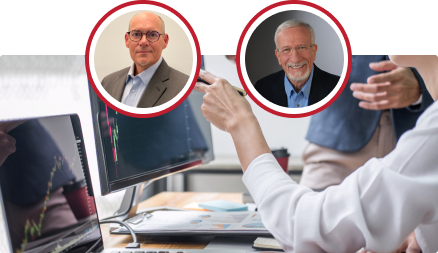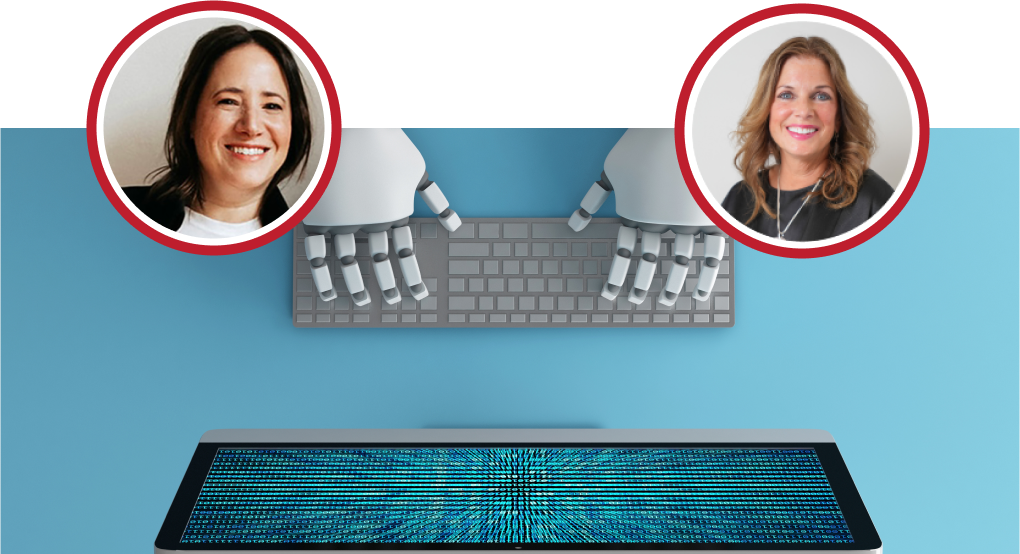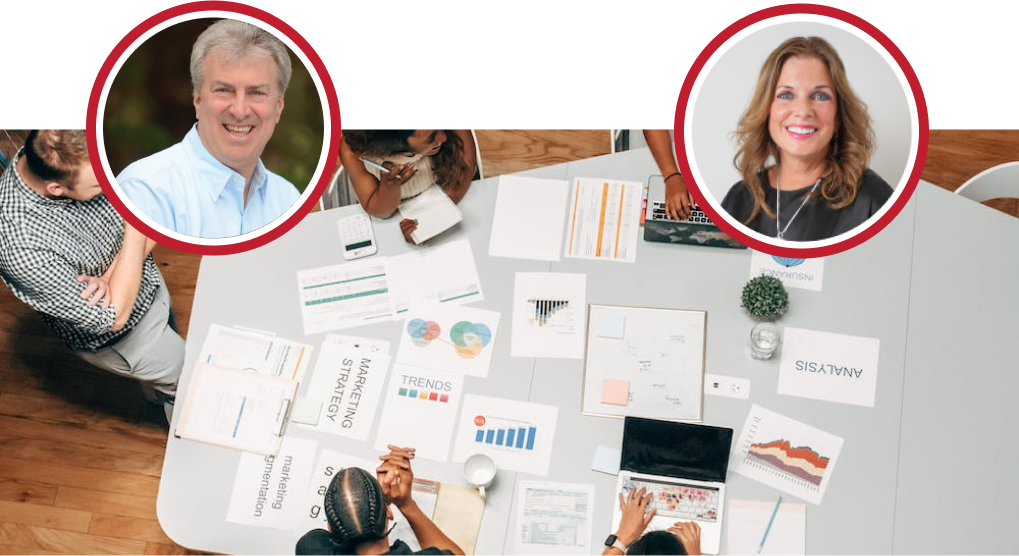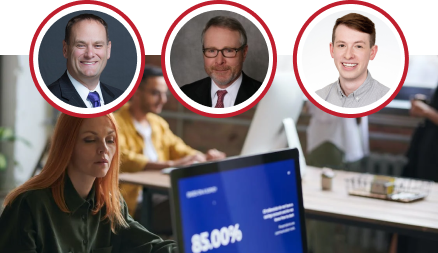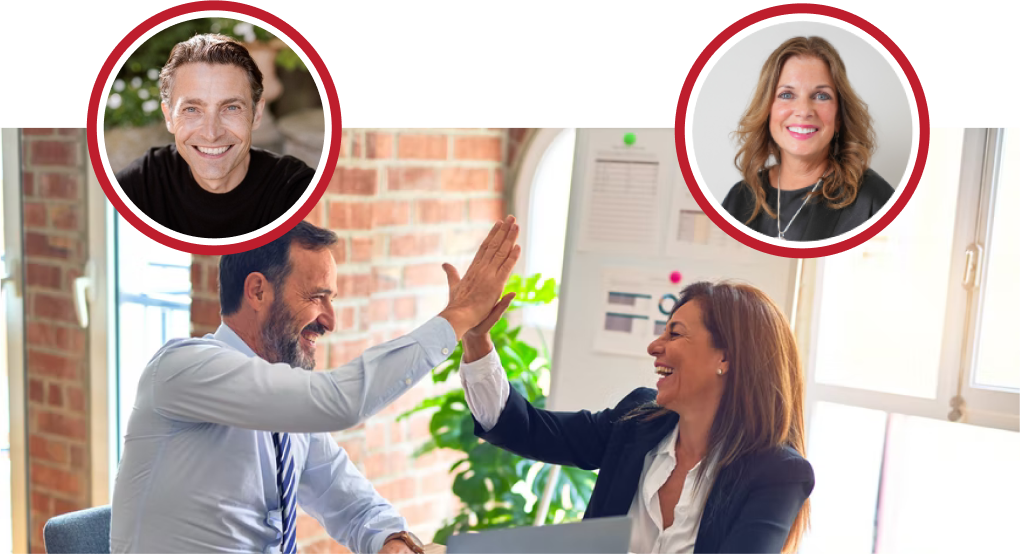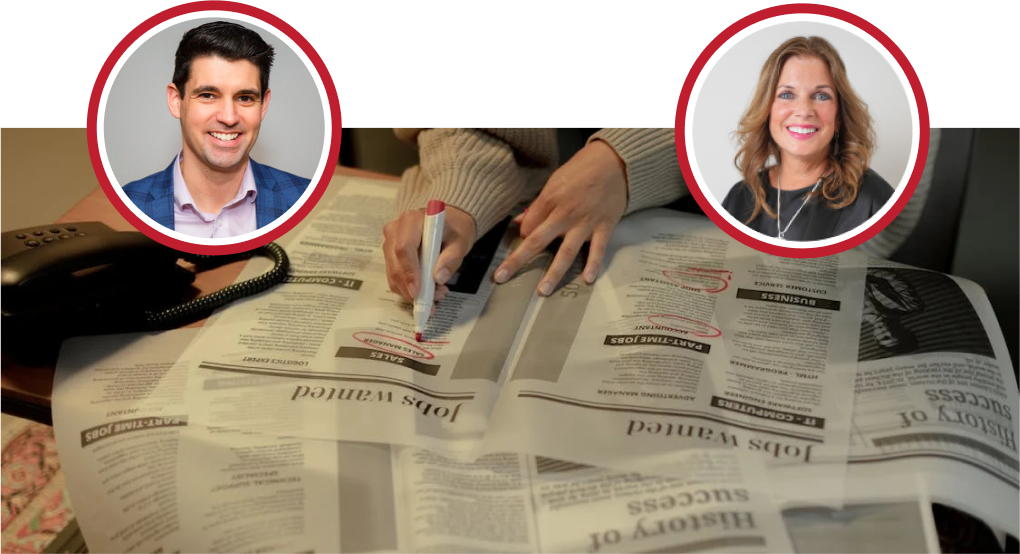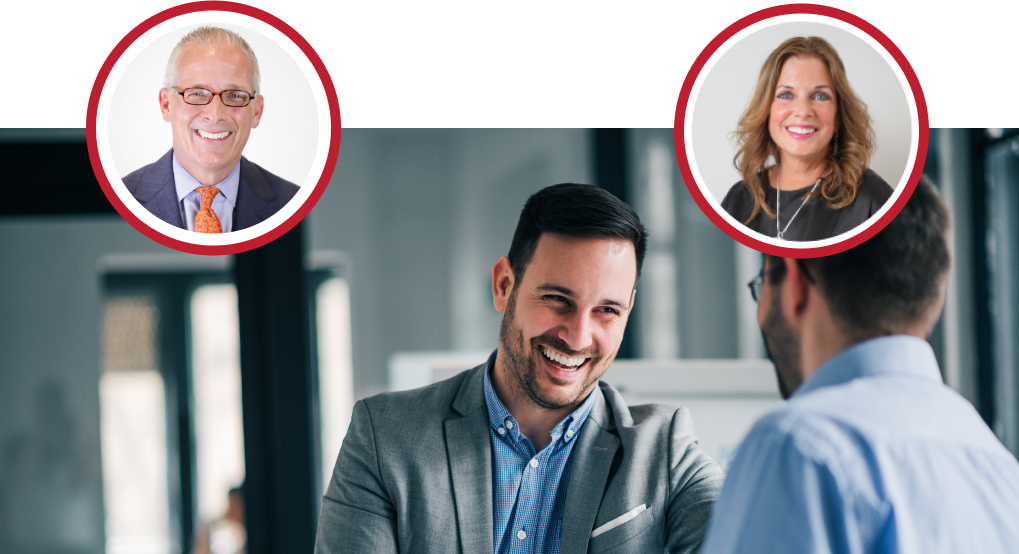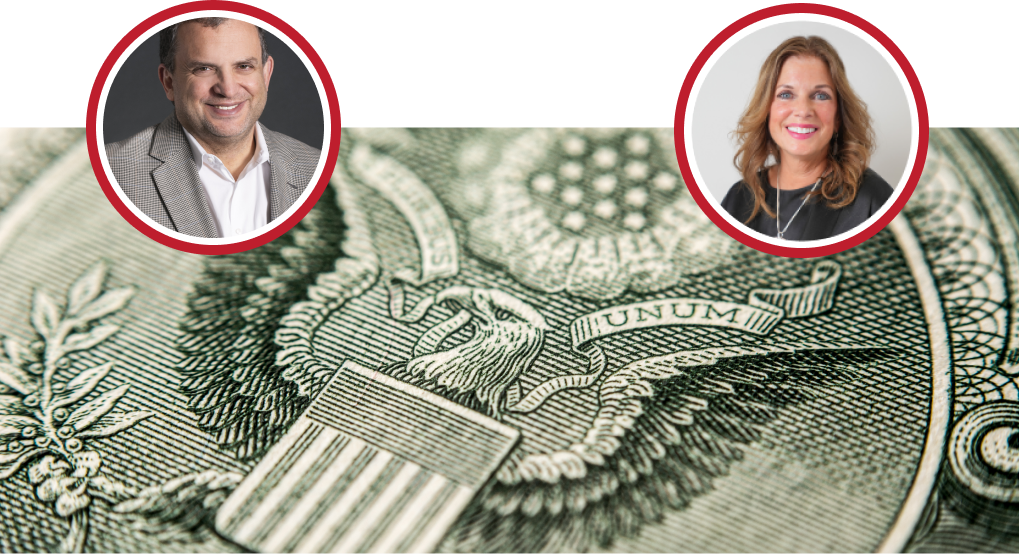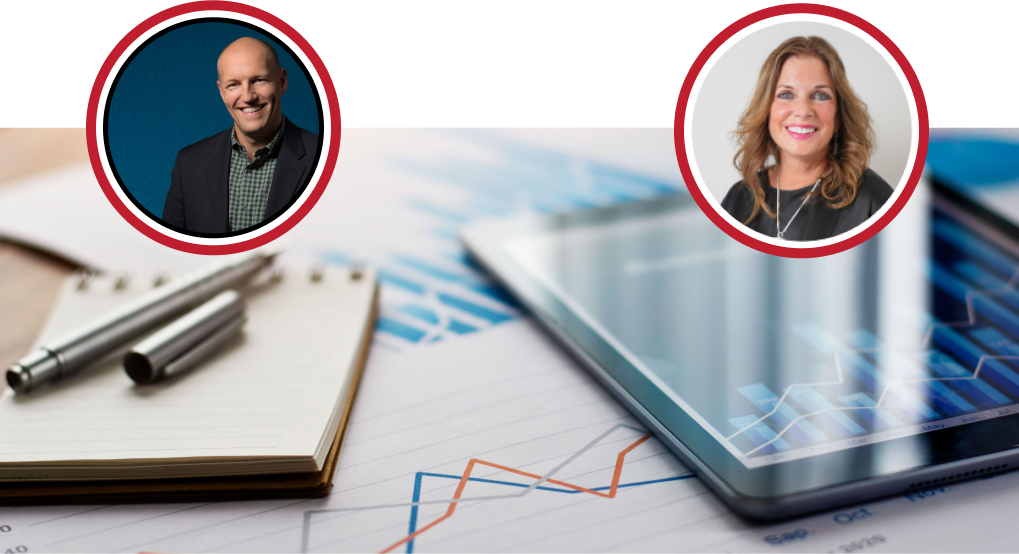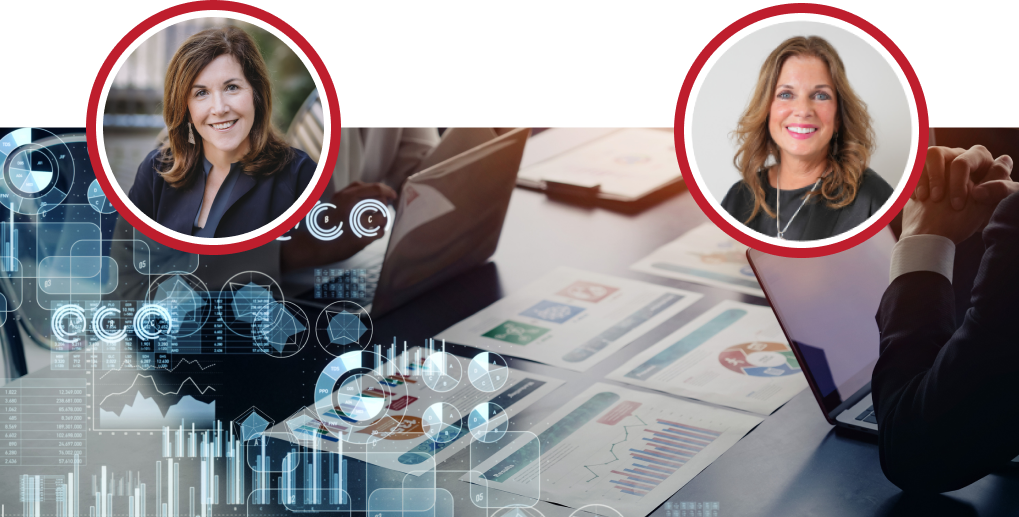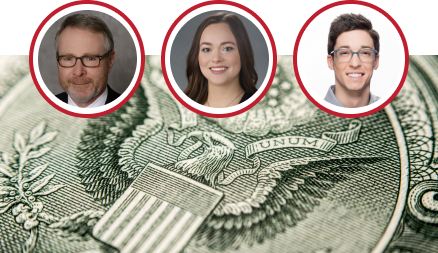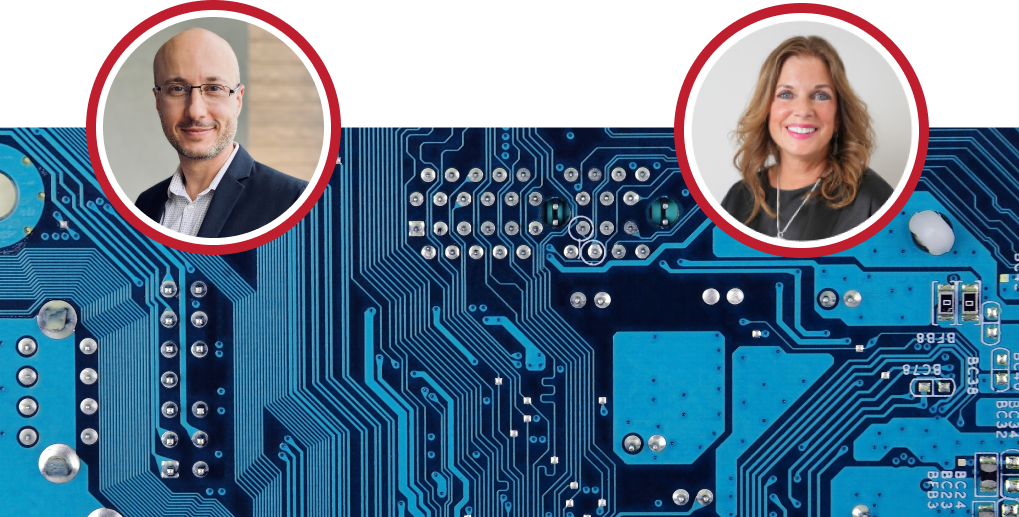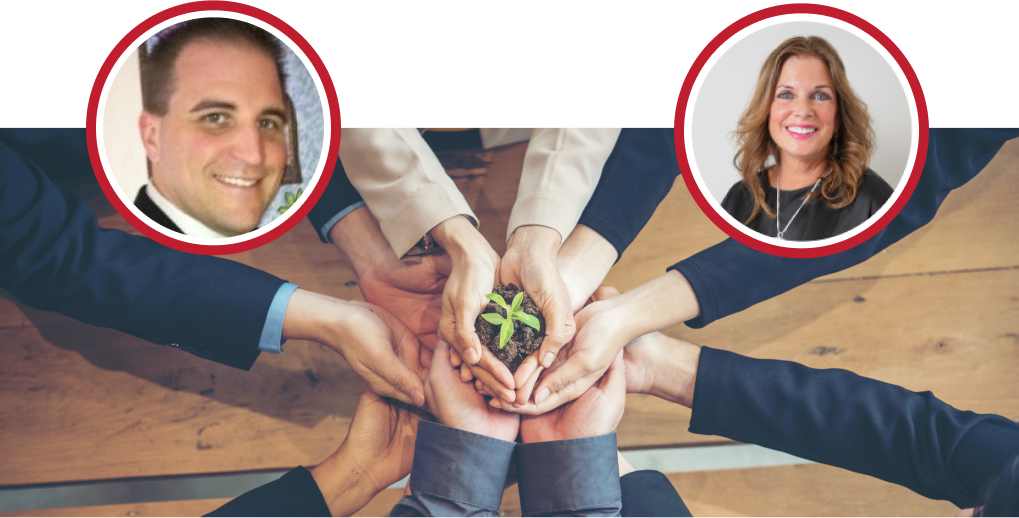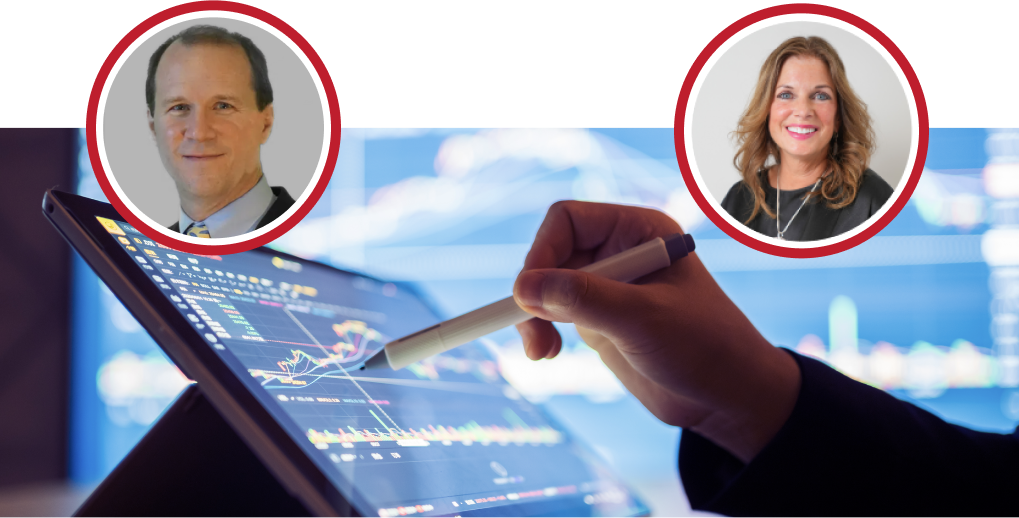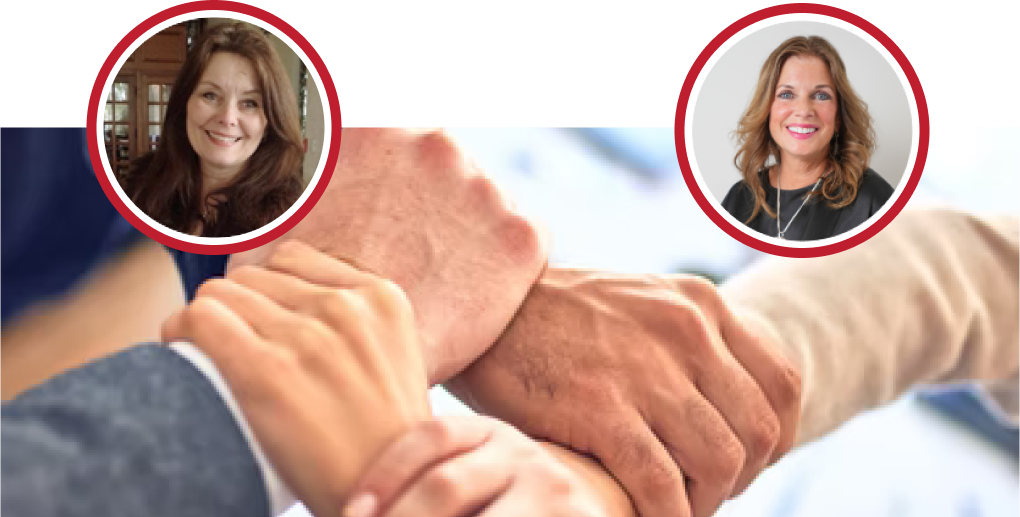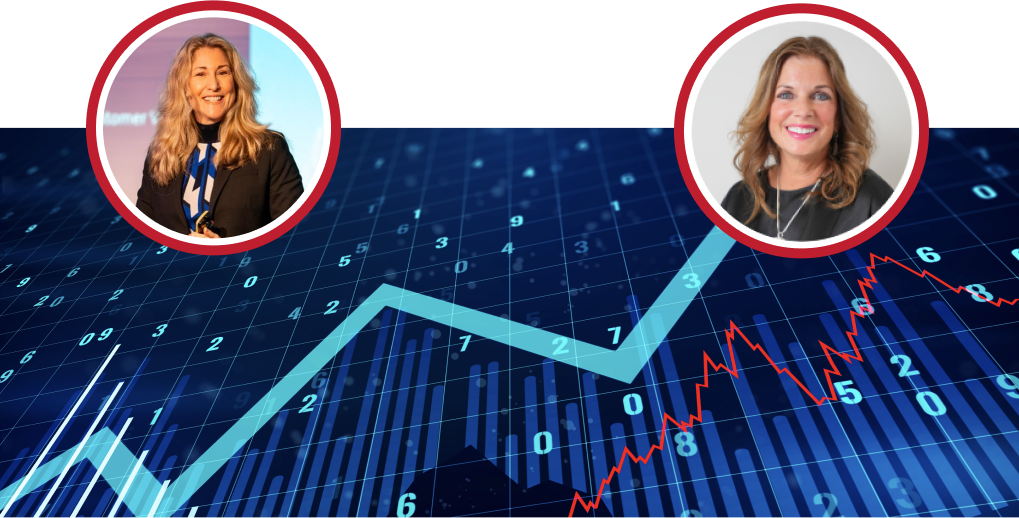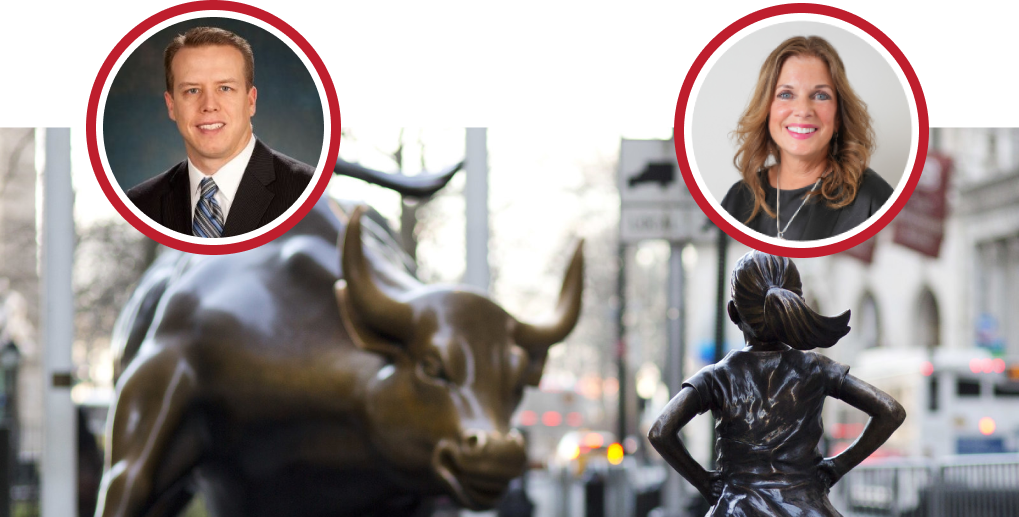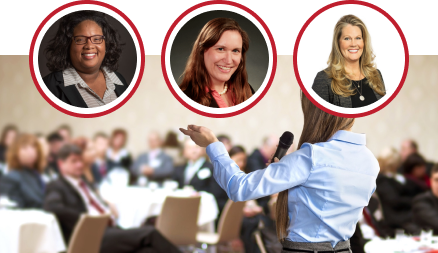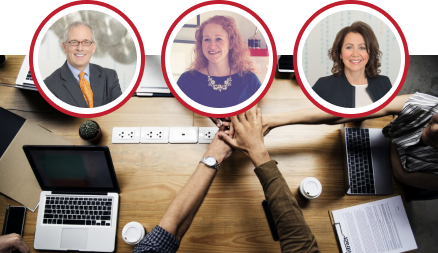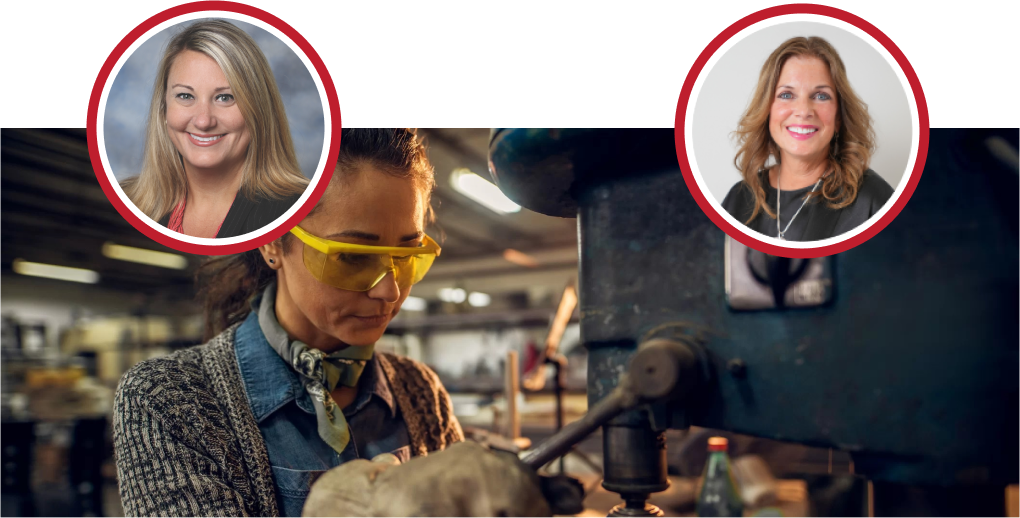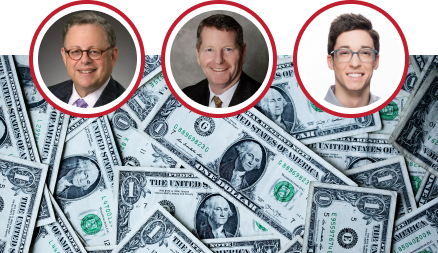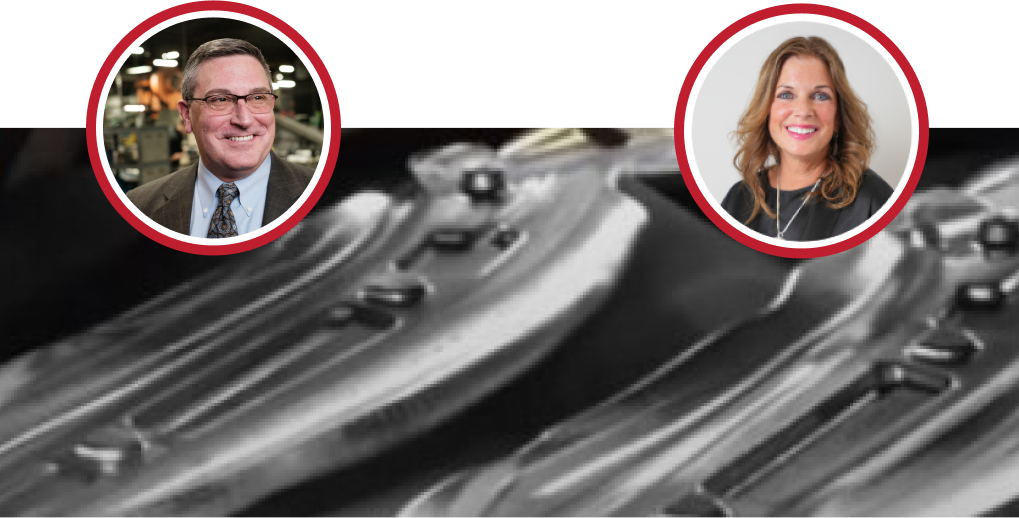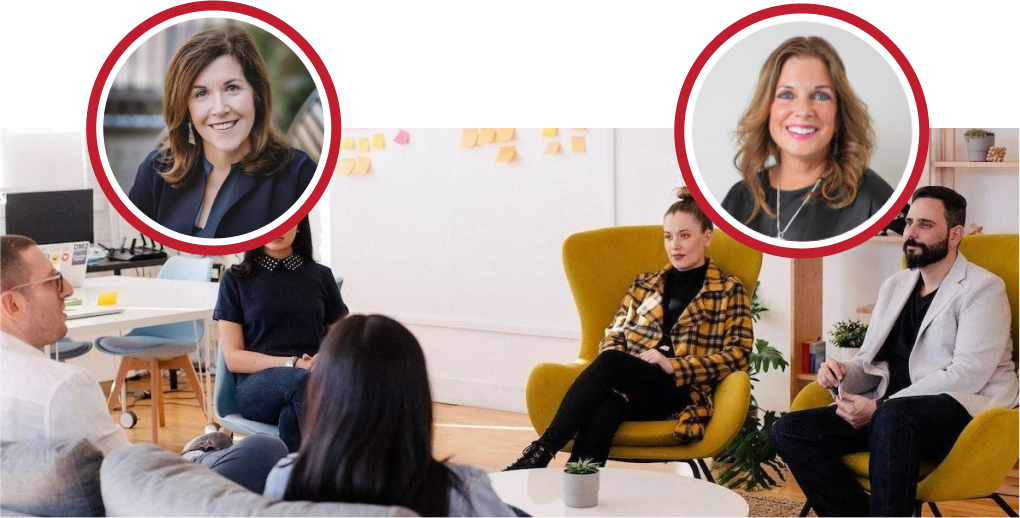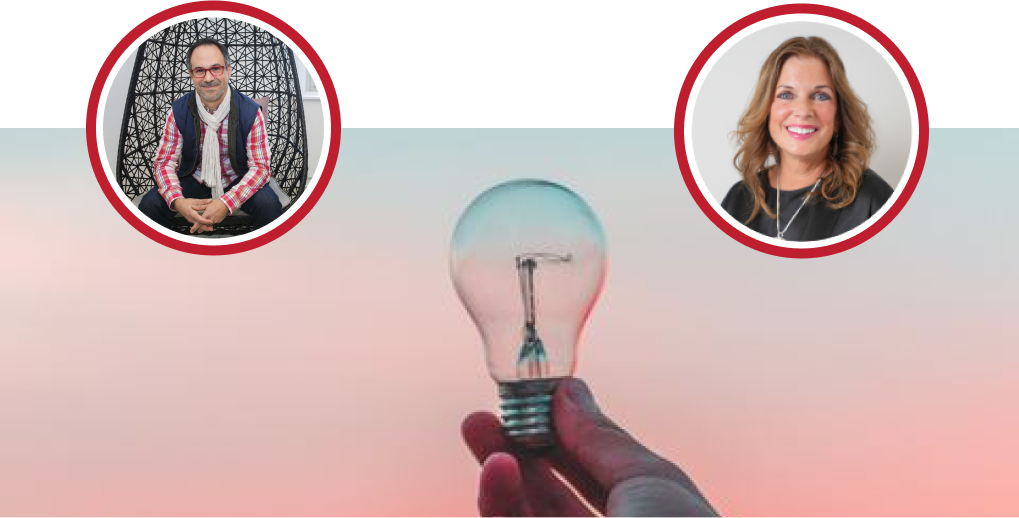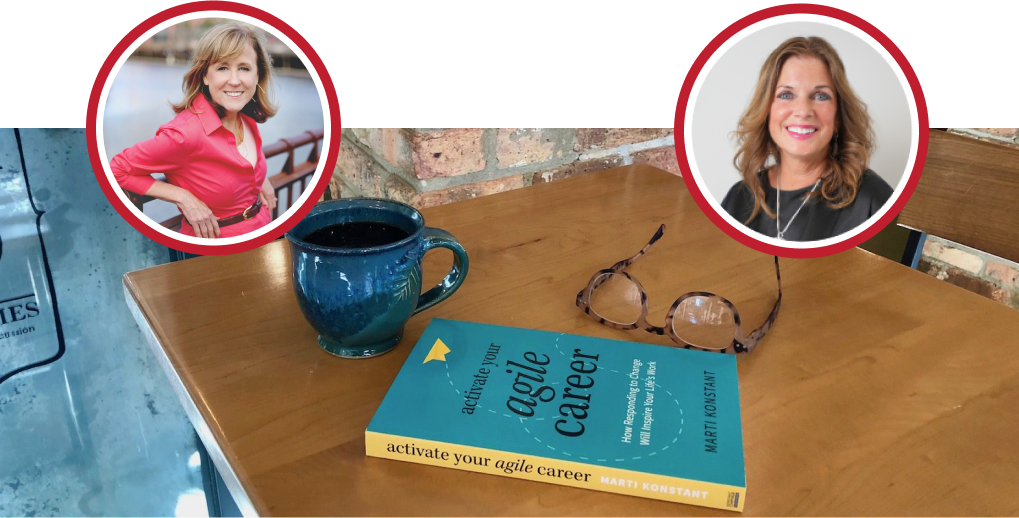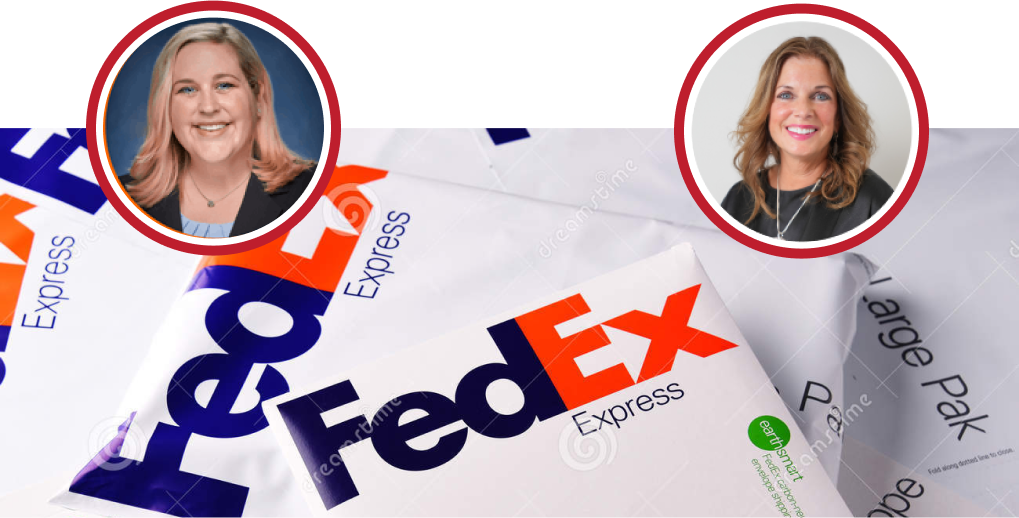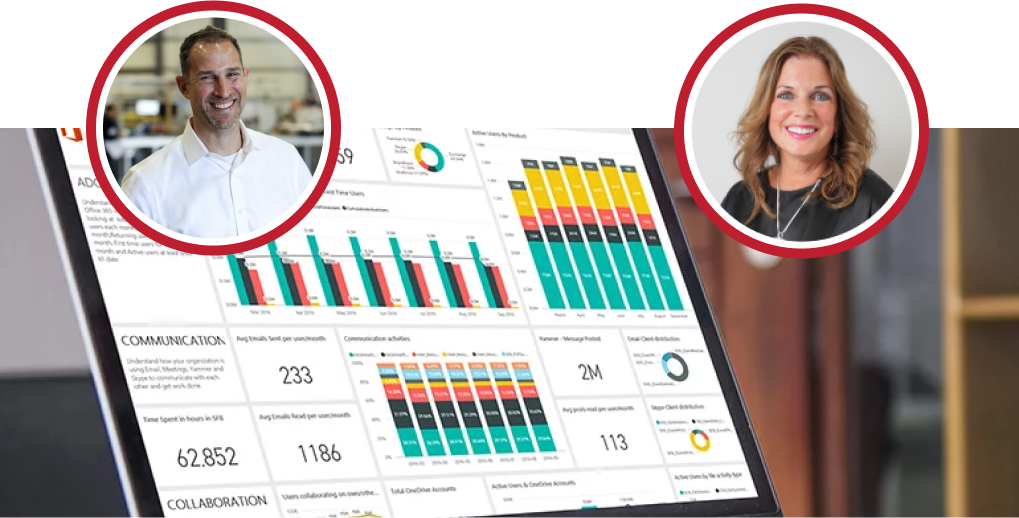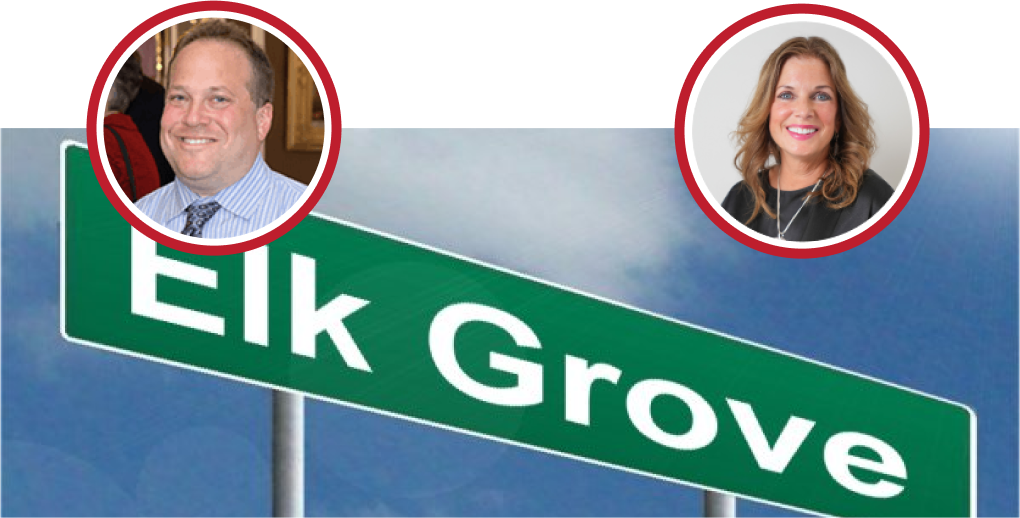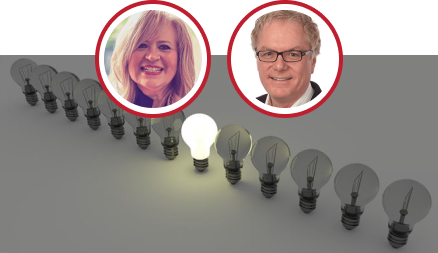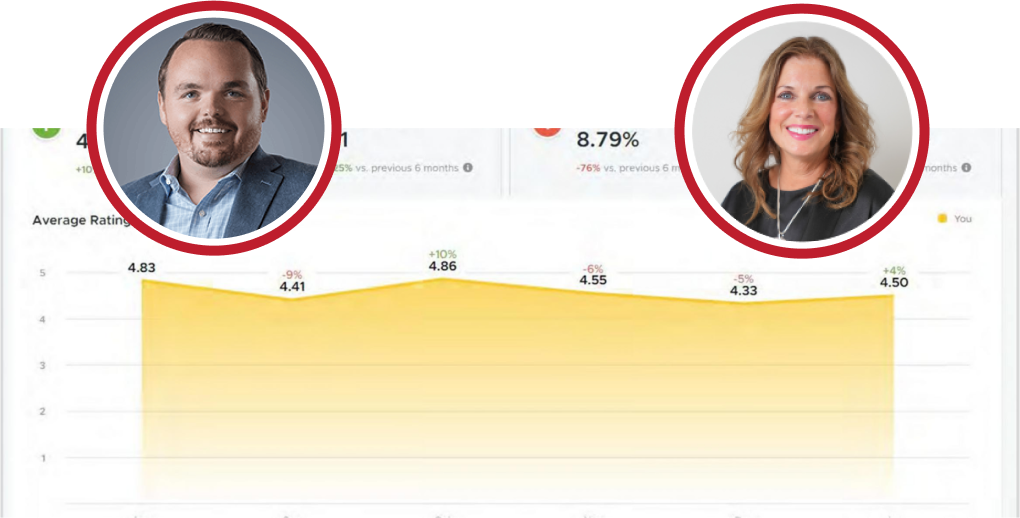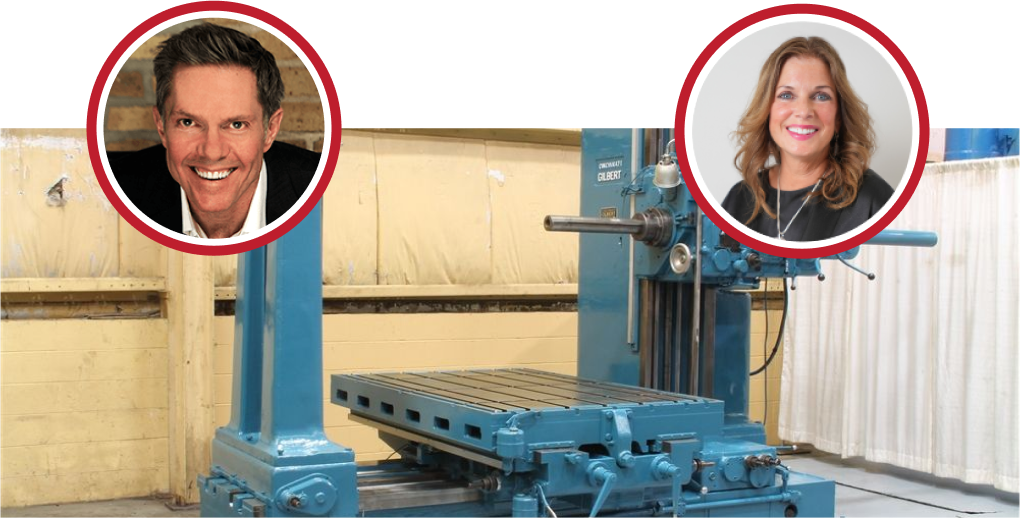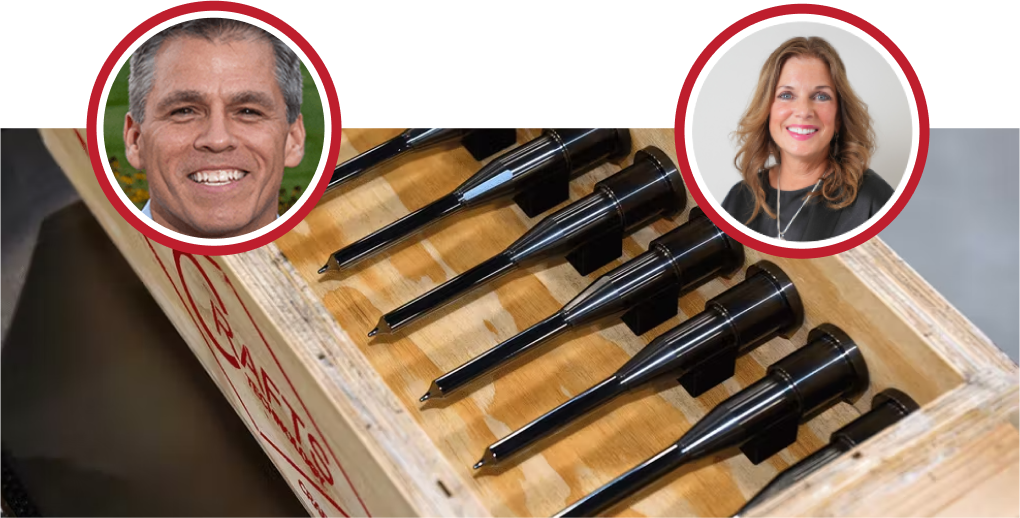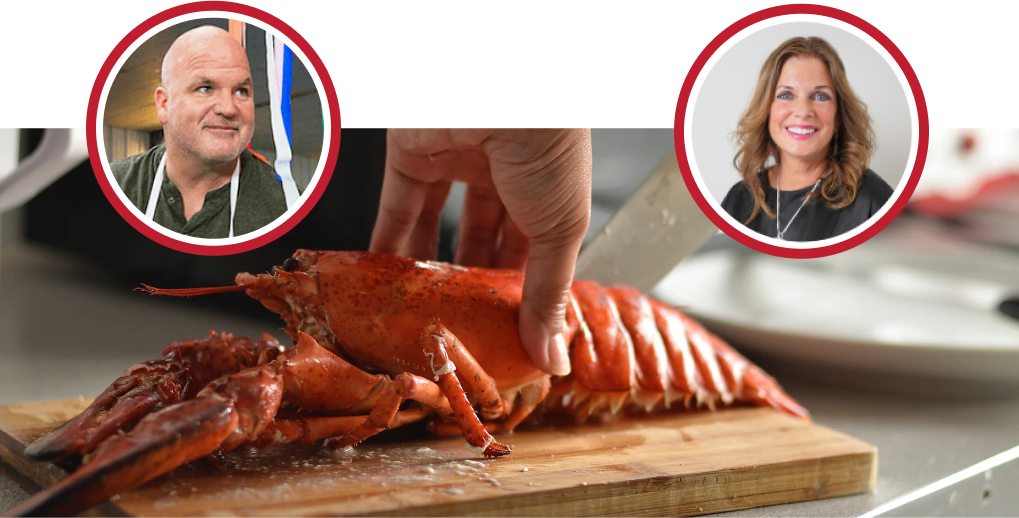Kathy: Welcome to Business as “Un” usual we’re going to get started in just a few minutes so if you have any questions please add them to the chat and I’ll try to get to all of them during today’s session I’m Kathy Steele the CEO of Red Caffeine and your host today and for those of you unfamiliar with red caffeine or a growth consultancy and we build and execute go to market plans for ambitious companies who want to scale their business really appreciate you joining us today for this pivotal discussion that is both timely and critical selling in a recessionary Time the current economic environment marked by low consumer and investor confidence poses distinct challenges long-held sales conventions are being offended and businesses are facing lower sales velocity lengthier sales Cycles higher customer churn and an overall drop in sales the imperative question arises what should you do to survive and thrive in such a climate well some are resorting to cost reduction measures often compromising long-term growth prospects we believe there’s some smarter strategies to adapt so we’ve tailored today’s content to Executives seeking to Pivot their sales operations and seize the potential opportunities amid this financial turbulence well we’re really thrilled today to have three sales experts who have probably seen it all in their careers and you know they’re joining us today we have my frequent co-host Tom Mataray from M3 learning and he is creating sales Superstars we’ve got John, John Jankowski from sales acceleration and Bob Lampert from Samurai business group so welcome gentlemen I’d love to give you guys a few minutes just to give a short intro about who you are and your Company John could you kick us off.
John: Yeah, sure, thanks, uh, thanks for having me. I am excited to participate today, so yeah, again, my name is John Jankowski with Sales Acceleration, and I advise clients on their best sales strategy to solve their revenue problems; at the end of the day, we put in all of the strategy organization processes and methodology along with the related analytics for repeatable success and growth.
Kathy: Perfect.
Bob: Again, Kathy, thank you; uh, I’m Bob Lambert. I’m the founding partner of the Samurai Business Group, which we’ve had now for going on 25 years just recently merged with another company called QCSS, where now we’re going to have the full scope of everything we can do so we can do lead generation appointment setting and then I can take and uh do very sophisticated upscale B2B sales training and Sales Management training for individuals and also for SMBS from about 10 million to 100 million.
Kathy: Excellent, thanks, Bob. I want to give you a chance to tell us a little bit more about M3 besides, you know, creating sales Superstars.
Tom: yeah, so I’m Tom Letter Ray with M3 learning, um, Bob Lambert and I, uh, have known each other for a boy. It’s Bob. It’s got to be 20-some years.
Bob: Right.
Tom: and I’ve been blessed to have Bob in my circle of people that I considered just sales mentors and, you know, fantastic folks for us to have these sales conversations. Our organization, like Bob’s, helps salespeople and sales managers get better at the sales call itself. We work and Coach folks to measure metrics. How do I stay internally motivated, and how do I motivate others? that’s really what M3 focuses on: how do we help salespeople and sales teams get better and get more effective and productive.
Kathy: yeah, I think that that’s probably challenging today to stay motivated and enthusiastic when sales are much more challenging than it has been in the past couple of years; we knew that, you know, the sales gods were going to frown on us eventually so here we are, um but let’s get kicked off. I want to, you know, really start by setting up kind of some practical uh tips to building more than robust business development foundation I think for us as we even think about like sales and marketing um and integrating those two systems adding some um process tools Technologies people to the mix so John can you kick us off and tell us a little bit about how you would how you approach that question.
John: Yeah sure I mean like with many aspects in every organization it starts with putting together a great team so you have to have a great team of Business Development experts in place but really before you get that team on board you have to have the infrastructure components right you have to have a viable job description you have to have minimum expectations for the role you have to have new higher training and you also have to have a coaching plan for your new business development team so you have to have all of those infrastructure components in place and then on you know then as you do the continued training right there’s the week to week and month-to-month continuous training in terms of helping those individuals understand your organization’s value proposition which should resonate with all of your customers and then an understanding of who you know where are you hunting who are your ideal customers and what vertical are they in are there adjacencies when you start to have success in the key vertical that you’re targeting to when can you expand you do have to be careful about those adjacencies because they can you know they can take your focus off of your um you know initial ideal customer targets so putting all of those things in place and then making sure you’re you’ve got the appropriate coaching for that team week to week and quarter to quarter uh is really critical
Tom: Kathy, can I add something?
Kathy: Absolutely.
Tom: I was at it was just at a three-day conference of sales enablement Professionals in Miami just a few days ago, and John, you mentioned the word coaching probably four times; there was a statistic that they shared that 55 percent of sellers today in the last 12 months had zero coaching and they also said that 61 percent of sellers today are looking for another job coincidence right I mean you know this is the sellers they’re being thrown into jobs they’re not being coached to be better or how they can grow and so John I love what you said I love the fact that that’s you know you mentioned it three or four times and that.
John: Yeah.
Tom: I would add one other quick thing, you know, especially, you know, new folks coming into the sales profession, they’re eager to learn, they want to be successful, and this goes as well for, you know, people have been in the industry for a long time and my 30-year career rarely I can tell you there’s probably you know less than a dozen uh people that just weren’t interested in being successful most individuals professionals want to be successful they don’t want you on their back, but they need the coaching, and it’s the biggest limiting factor and not just in sales it’s in you know just about every aspect of Everett Company.
Tom: Yeah.
Kathy: Yeah, Bob, is there anything you would add?
Bob: Uh yeah, he’s got these guys are all uh we’re all on the same page here um I would share also that particularly that’s really important particularly for the subject we’re talking about is to concentrate on pareto’s law twenty percent of your customers are doing 80 percent of your business that’s where business is going to happen and not just in these times I’m talking about across the board I think too many people get to Rye off the ball and they’re all over the place going for new logos new business which you have to do for growth but also they don’t really you know love on the folks that they’re already taking care of them and doing business with them and more importantly when people move on do they follow them do you know do you do that so um yeah and we we’ve had the privilege and honor of being part of DePaul University’s Center for sales leadership now I said sat on that board for 25 years and through our uh our teaching and buying decision model that has now spread to 36 colleges and universities now so it’s really about and I think all these guys agree and you I know you do Kathy it’s about relationships and I have to tell you we got to get back to this kind of relationship live person to person again because that’s what it’s all about you know and we’ve lived in a digital world for a number of years now and I think slowly but surely people are starting to realize you know having those trusty relationships and building the trust especially for sales people that is Paramount they’re not going to do business with people they don’t know like or trust and trust trumps everything.
Kathy: Yeah, no, I would, I wouldn’t disagree, and I think the only thing I would add on just from, you know, the overall Market um or marketing lens would be about, you know, really helping build your brand position your brand in the marketplace so that your sales team has something of a reputation to you know it’s a lot harder to sell when you’re an unknown entity so I think that like when we talk about new logos or entering a new market, I think the expectation is a lot of times um that we’re going to get you to know business just by putting sales teams in a New Vertical without putting some type of brand awareness you know alongside those salespeople in a New Vertical so.
Bob: Yeah, and that’s a great point. I’ve turned down sales assignments because they didn’t have their act together with marketing; how am I going to teach these people when they don’t even know what they’re selling or what the proposition is or anything else you know?
Kathy: Yeah.
Tom: Bob, you mentioned something, um, and you said it; you really started the conversation in the space of, you know, how you focus on existing customers, um, I remember, you know, a bunch of years ago, one of my, when I joined a networking group you know probably one of the most powerful things I ever saw, were you teaching the circles of networking and I mean I it’s I I can’t thank you enough for that I mean it really founded me, but really basically it was hey don’t concentrate on the thousand people figure out who are those 15 or 20 people that are going to make a difference for you why is focusing on existing customers so important today during challenging Financial Times what would you say to that Bob and John I’d love to.
Bob: Yeah well that’s my beat drop my drum beat right now I was just in front of 28 CFOs and I was letting them know that you got your finger in the pulse what’s going on that’s the revenue and uh focusing on current clients and past clients that know you got to trust Factor there okay there my belief is and I’ve seen this through six recessions people aren’t buying from anybody that they don’t know like or trust and Trust again is Paramount so if you have established a trusty relationship first place to go make sure you’re doing a great job of the current customers and that is a lot of fear fact it’s amazing me how many sales people don’t ask or have a QRB or something you know uh on a quarterly basis or a biannual basis how are we doing what else could we be doing for you what are the kind of opportunities and also that you got to become a resource and an asset to clients once you do that outside the scope of what you do okay become a resource and asset by doing that focusing on that and really giving that deep you know consideration during these times you’re going to do two things you’re going to discover that these clients have other things that they need that you might provide it might be marketing you might say hey boy our marketing is a shamble or anything like that digital what do we do you know okay I’m not in that business but guess what I got people that are and people that I trust and I know they’re going to get that job done um the other thing too is I gave this talk to and it kind of that during the headlights look turn your company into a business development machine anybody that touches that customer should go through training and understand what it is that you’re trying to do and I would have and I’ve done this before other recessions get every single person in the company in LinkedIn get them all in LinkedIn and then the leadership sales let them know who you’re targeting and then find out is there anybody you know is there anybody in your LinkedIn that we could take and go through that channel it expands exponentially what the possible possibilities are and literally in that particular Company, uh, several years ago, an 08 downturn, they uncovered five big opportunities just within the walls of their Company, and the other part of that is you offer just like you do a referral for a new employee or something like does the same thing for this yeah and people are thrilled because they feel like they’re contributing and it anyway I’ll let other people stop speaking.
Tom: Bob, I was also going to. I wanted to add and ask you one follow-up question. I think what’s so interesting when we onboard new people; we spend all this time training them about our stuff, what we do how we do it, instead of having them understand the impact of our stuff on the customer’s business, the problems we solve and uh what are your thoughts on that I think when you involve everyone in your organization and really help them see the impact we make for our customers, it almost creates natural spaces of hey I could we’re helping you here. Still, we could even help you here or there. Yeah, you know, how do you guys think the organization should address that well?
Bob: Let John speak.
John: Yeah well what I was going to say before uh before we get to that I mean can you tell Bob as passionate about this I mean the voice inflections go up he’s talking at a mile a minute is great I I love seeing it and uh with all these sales professionals on the call there’s certainly no downtime um in the air for sure but Bob you mentioned a couple of quick things that I think is really important for the audience you know when you have credibility with an existing customer and you surely better right you need to make sure that all of your customers are happy with your products and services but when you have credibility it’s the easiest thing to go back to them for you know other opportunities versus trying to win that new logo new logos are as we all agree you have to win new logos that’s how you will continue to expand as an organization but in down times organizations become very risk-averse to making new decisions new Partnerships so going back to those existing customers because you have that credibility is extremely important one other quick item that Bob mentioned I think you mentioned QRB or they’re called QBRS at least in my nomenclature doing that quarterly review with your customers doing the report card to make sure and and listen addressing the areas where you’re not you know we’re all not perfect no company is perfect but doing that quarterly review with your clients to make sure they’re happy and understanding where they may have additional needs and not just for your own benefit right but to be able to listen to your client and to refer other great assets and partners that you know that might be able to help your client right your clients expect you’re going to you know meet or ideally exceed their expectations what they don’t always expect is they that you’re always looking out for other ways to serve them and bring in other credible trusted Partners so in those down times it’s a great strategy and especially I just wanted to re-emphasize that quarterly review that should be happening with all of the customers.
Bob: Recorded reviews as you said Jen it could be biannual but the fact of the matter is that uncovers things to your point what other things should we be doing how can we up upscale the value of what we bring to them right but here’s another thing I give to you that we had a client that it just it was amazing it was what do your customers customer value and having those conversations about their customers and what they value in an example we had a client that was giving away some tips and ideas for manufacturing they weren’t charging for it okay once they started we pushed them into it start charging for that it was amazing what happened because now you’re putting a value on something that they’re contributing to Downstream green to their customers and people are delighted with that I mean how many how many people do that for them you know they’re in sales they’re still they’re all concentrating on what I’m selling you and not looking you know what’s your customers customer value right how can we help with that believe me it’s just like uh helping somebody’s kid get off the payroll you know getting them a job being dear to you for the rest of your life foreign.
Kathy: So we’ve got a, um, a question from the audience if you have a product service or special offering that is designed to help prospects or clients during the economic times, do you need to present it differently?
Bob: You got to start with that product offering and what is the value of that and is that a fit for the customer now I’ll encourage anybody to ask the questions you know and get them engaged in the conversation about that and a lot of that is what we coach teach and trade teach and train is the Socratic method of questioning uh you know there’s only two professions that are trained in that educationally that’s uh Healthcare Providers and lawyers one for good and the other one for evil but that’s beside the point so you know that that in my estimation with that is whenever you’re presenting something new and you’re taking out the Market obviously Kathy you can speak it you got to do your homework you got to do your research are you just creating something that there’s no market for and then in that particular case you better be doing your homework with your current base is this something that they want or need or whatever that’s why these QBRS are extremely important because dens where you get ideas you can innovate with your with your clients.
Kathy: Yeah, we totally love TBRS, too; I think, you know, when you’re delivering for a client, you tend to get really tactical on, like, this is the laundry list that we have to get done in July instead of having that you know operational Financial sales marketing like you’re really talking about the top line of what is going on in the organization and so a QBR gives you an opportunity to get outside the lane talk more strategically and typically on Earth’s either opportunity for you or opportunities for you to you know to connect your client with somebody else and bring value differently.
Bob: The other thing I bring into that too is to bring your topic Zach’s get it top to the top because then they’re going to see how engaged you are in that business you’re just talking to your buyer or you know, committee or something like that but when you can bring in, and we’ve had several clients have done this, and they’ve literally put on events around this and uh and Ben it’s been unbelievable what’s happened for them to your point Kathy credibility goes up I mean you know.
Kathy: Yeah, we just hosted an event yesterday, and it was one of the I, you know, always loved when our clients get together, and they can hear each other about what we’re doing for them, and you know, they came away with some you know easy ideas to you know they lifted from stuff that we were doing from the other clients so I do love that peer experience too, it really you know you exponentially learn faster when your peers surround you.
John: Yeah, I would just add one other thing too, uh, the person that asked the question if you have something of value to your clients or prospects in tough Economic Times or in, you know, great Economic Times, right? You don’t have to be delicate about that if there’s something that can really help them grow their business, you know, Go full force, go frontal at that Market and uh and prosper if you’ve got something that’s valuable, um, it’s rough during tough Economic Times of course. Still, if you got something that’s of value and they will appreciate it that’s you know you’re in every place.
Tom: If you’re selling from a place of I really want to sell, help you solve your problems instead of just selling your stuff, selling all my stuff.
John: No question.
Tom: You’re going to come across as a person; you know the reason I’m having this conversation is because I want to help you get through these difficult times. I’m not just trying to push products. I don’t want to be; I want to be seen as a strategic partner instead of just a salesperson, right? Yeah, having that sincerity is absolutely key, and just like everybody on this call has seen someone who’s not sent sincere, and you’re like, okay, I know what this is all about. You know, if you’re sincere about it and there’s real value there, you’re going to have a lot of success.
Kathy: Yeah, I think one of the other tactics that we employ is talking, you know, doing interviews, um, with our client’s prospects and clients, and we just conducted a couple of sentiment surveys just to understand what’s on their mind what are you know do they want new products do they want you know improved lead times what is really uh you know going to add value to their experience. I feel like that’s a lost opportunity that not all um organizations are willing to invest in; I think the research can really unearth a lot of um, you know, interesting opportunities as well as, you know if there is dissatisfaction, it. I believe people are very flattered when you ask their opinion about something and are really willing to share. I think it works better when you’ve got a third party doing those, you know, int, reviews, or you get a little bit more honest feedback. Still, you know us, surveys do work as well.
John: Yeah, I agree we’ve used them, uh, as well, and I will say the one thing that you have to be prepared for when you get the feedback is what you do as an organization that’s receiving feedback constructive feedback on where to improve in some of those things if your clients or customers take the time to suggest those things uh which is a big commitment from themselves we all get these surveys after we take our car in or if you’ve you know even if you go to see your doctor now and you know when you complete those, and you take the time whether it’s three minutes or 15 minutes you know the hope is there’s going to be some change based on the feedback and maybe not the next day but certainly over time and so for all the organizations right that are receiving that feedback you do have to take that to heart and you do have to you know Institute those changes or at least some of them over time.
Kathy: Yeah, I mean we, we turn them into marketing opportunities, you know, content around that pain point or that, so I think even leveraging that to think about how do you communicate, um, post a sentiment survey or customer satisfaction survey is really can really guide the information you’re sharing um with both your current customers and Prospects.
John: Yeah.
Tom: One of the challenges that, and I love this place, of how do I stay? How do I help salespeople stay engaged with existing accounts? One of the challenges I see in a lot of just organizations is we’ve created this mentality of the hunt and kill so the salesperson gets the job, they check the box, they move on to the next opportunity, and you know our incentive programs are set up like that uh our whole culture is set up like that what are your guy’s suggestions for companies and how we switch from this space of okay I hunt and kill two I Foster and I create relationships and opportunities that last long term instead of just one transaction.
John: Yeah, it really, um, and Bob, I’ll let you go in a second I have really strong opinions on this and someone who is, um, you know, ebb and flowed in very large organizations before I started my practice in conjunction with sales acceleration, and that is compensation plans drive all Behavior Uh intended and unintended consequences and you know in some organizations those compensation plans can be very complex, and I have another really strong piece of advice keep them as simple as possible, but you’ve got to motivate your teams to stay engaged with your clients, and there are multiple ways to do that besides the primary sales team, but your primary sales team is your best engagement there because they’re on the front lines all the time there’s also you know customer success teams depending on how large the organization is, but you can motivate that sales professional to stay engaged by the appropriate compensation plans for sure.
Bob: Yeah um but here’s a lot of wisdom here guys that’s all I can tell you especially with bigger team I’ve seen lots of comp plans and one of the things that I I’ve seen emerge uh when it’s the focus has been on the customer is part of the comp plan has this basic rating as to how the customer rates the sales rep okay uh when you see the ratings right now most buyers over 75 percent of them think you know that sales calls and the presentations everything add no value whatsoever uh I’m a big believer of that sales person you’re you know is the front door and they’re the ones that are going to lead it through I always want to keep that main rep engaged in with the client even if it’s handed over to a success team or inside sales or customer service they need to be engaged in everything what’s going on even if it’s just a QBR or you know half year or whatever it might be um they really need to be engaged so to your point Tom this hunt method you know it’s all incentive on that you’re walking away from basically you’re going to have client turnover I’m serious if you don’t if you don’t have properly trained people that are handling the client like customer service or inside say whatever it might be they have to have the kind of training to be able to be a farmer with that client you know and the nurturing and the care and everything else that they need to do but um you know most driven sales people hard charging sales people follow the money with them you know.
John: Yeah, no question.
Bob: The Behavior you want.
John: It also goes back to.
Tom: I met somebody over the last two days who said the question he has he brings a napkin, and he gives it to a salesperson; he goes, describe your compensation plan on this napkin, and if you can’t write it down, it’s too complicated.
John: That’s great, and I’m sure about 90 percent, if not more, can’t; right, you’re talking about the whole package.
Bob: But to your point, when I grew up, it was like you had a business card, and if you can’t articulate on the back of a business card what your value prop is, you don’t know what it is, you know.
Tom: Yeah.
John: Right you know one other thing about the appropriate incentives and comp aligned to you know the Behavior for the sales professional there’s also you know you’re going to hear this repeatedly out of me it’s also that coaching of that sales team and somebody talked about the team selling concept and that team selling concept with your sales leader and that sales professional engaged with that client to ensure that all of those behaviors and that focus on the client is happening you know it’s so unfortunate that sometimes in an organization you know your sales leaders are leading an organization or a sales team by spreadsheet and numbers only and trust me that’s critical right the numbers listen we’re in sales we sign up for a number the number is going to get bigger every year if you don’t like that you should probably get out of the sales industry but managing you know sales leaders especially and this is why I’m spending so much time and my new career trying to help sales leaders you know they get you worried about individual contributors not getting any coaching you’re a great individual contributor now you become a sales leader where’s your coaching what are you supposed to do right what are they supposed to do well just I’ll try what worked for me as an individual contributor and leading this team and you know that may work for a couple of people on the team and it may um have the opposite effect for everybody else on the team but that coaching piece is critical when you want to keep those clients in place; you got to have the multiple touch points in that team selling the concept that we spoke of earlier, which is really important; I think there’s another question in the chat was there.
Kathy: Yeah, there is another question, so, I think the question is really about sort of a distributed sales, um, like Channel partner or distribution um sales strategy that I know that a lot of organizations employ where it’s like a b to B to B sale or a B to B to C sale what you know what would you consider so the curious to know how important leveraging the IRS Distributors at this time would be especially for a startup that’s.
John: Yeah, value-added reseller, yeah, that’s huge; yeah, it is huge; you know, you’re especially in terms of, you know, uh Tough Economic Times, and this is uh a balance, um especially in the tech industry right there is a strong preponderance to want to sell through lots and lots of Partners um and trying to educate and motivate all those Partners on your particular piece of software versus all the other things they have access to can be difficult so focus is really critical finding those Partners who are interested appreciate the value understand your ideal customer that can be a really, really good strategy to help you scale your sales or organization. I will say, though, that it’s really key as someone who spent a lot of time, you know, with my team trying to educate Partners across the country to educate all of them, especially in Economic Times, where the ROI on your channel managers is put under huge constraints and generally the first place an organization is going to cut if numbers are constrained um so you really have to be focused in your approach.
Bob: Yeah, and the other thing I would share too is that, uh, we did this with a very large client, uh, in the Home Building business, and what we did was the BBMS, then we trained them all up both in sales and Sales Management and then we went out with them to train the builders okay, and how to do that now if you’ve ever been around Builders they’re a rough and tumble Bunch you know a lot of them that were a little bit older, and I didn’t really want and change but what that did is over eight years he had 25
percent year-over-year increases, and the other thing you get the attention of your distributor if you’re willing to invest in them from a training standpoint how to go out and sell this stuff, not just the knowledge, not just the product information or the technical knowledge that is really important I get that, but there’s too much emphasis on that in sales and not enough on the relationship building and really bringing value and how do you get out of the customer and start with the customer first and you know them by the buyer’s mind as to what it is that they’re looking for treat your channel managers the same way your Distributors you’ve got to treat them as customers and.
Kathy: Exactly, yeah, I mean, you know, just actual marketing strategies; we’re working on one currently where we’re, you know, helping a company, you know, Empower their distribution network, but you know, it’s just the same they’re your customer you have to communicate with them you have to build the relationships with them you have to be able to support them to support you they have a lot of influence over the buying decision you have to give them the tools and the technology and the know-how to sell you in know how to talk about your offering versus the competition those are all really important factors into access into a successful distribution or distributed selling channel.
Tom: To both book John and Bob’s points, I think the difference, you know, I A salesperson distinguishes themselves when they use a pull-through model when they go to a distributor, and they help them grow their business instead of going, hey here’s my product I expect you to sell it I’m willing to go on sales calls with you I’m going to train you all of those things that make you different and show the sales people there that yeah I’m going to help you we’re going to help you grow the business together.
Bob: Yeah.
John: Those Channel relationships, those Partners, whether it’s two-tier or three-tier, they are it’s an exercise in building trusted and valued Partnerships.
Bob: Yeah.
John: I did a podcast with somebody else on just this topic alone and what does it take to build that and it’s you know like every other great trusted partnership that you have whether it’s whether you’re married whether it’s a close friend it’s all about having that trust and bringing that person in to the fold with somewhat and semi-confidential information and taking an interest in their success and when you do that and invest in that you’ll see uh like Bob was sharing right good strong growth year over year with those Partnerships and when you’re guarded or you know you’re not communicating effectively because you spoke to a customer and they introduce you to the customer and you didn’t include them or there’s all sorts of examples that’s when those Partnerships do not flourish and then you start wondering oh wow why should I invest in you know these types of channels so there are great ones out there and it’s all about ever you know it’s all about cultivating any great relationship or partnership that you have.
Bob: we’re into words, and language has power, so I’m going to give you guys a couple of new ones, okay? You hear a lot about the trusted advisor, and it’s thrown around and bandied around. I ad nauseum, okay, we changed all that probably 12 years ago by talking about your point of Distinction that you are a trusted asset or a trusted resource. So when I say trusted asset, trusted resource, or trusted advisor, which one of those would you really gravitate towards the right? If it’s a trusted asset, you’re getting an there’s a return on that relationship, right? If you’re a trusted resource, you’re somebody you’re the go-to person who can talk to me about a lot of different areas. Kathy’s that way. I mean, all you guys are that way, so that is the thing we talk about now. When somebody describes or talks to people, I’m a trusted asset; I’m a trusted resource; I’m never an advisor.
Tom: I like that so much more powerful.
Kathy: Yeah love it. I totally love it.
Bob: And also not a point of Distinction because we hear that lot of that. I go to a conference, whatever, there’s no point of staying; you take the signs down, they’re all the same, right? How about a point of Distinction, you know, like you know, distinct distinctive looking red dress that Kathy has on all the wards in the background distinctive in distinguished Medal of Honor. I mean, when you think about this in the Mind’s Eye, those you look in the dictionary, they both have the same meaning, but when I say to you, you know, distinct or something distinctive, there’s a uniqueness in the Mind’s Eye okay, and there’s a call out that there’s something unique about this.
Kathy: Yeah, I would not disagree. I want to go back to something John started to walk into around team selling. I think that was something that we wanted to make sure we touched on today, um, you know, when I think about to use selling, I honestly think there’s some opportunity to accelerate, you know, having a more Senior Team at the table earlier in the sales funnel versus waiting I think Skip talked about that in a session time maybe a few months ago about really not you know elongating the sales process really bringing your best to the table right away and making sure that that customer or Prospect is feeling really loved what other sales or team sales strategies um are you guys employing or seeing happen right now.
Bob: We did this with a client in the last three years of Engagement and we really brought the table something he hadn’t been doing anybody that’s going to be involved with that client and particularly if they’re going to be doing presentations particularly technical people you need to script all that ahead of time you need to make sure that they understand what their role is you role play that thing you have meetings ahead of time if it’s top to top who’s handling that it’s really important because I think too many people go into sales presentations or whatever it might be proposals and they’re winging it you know and then all of a sudden you get acrimony within the team you know particularly the technical well you know hey that’s not quite right we can’t do it that way you know or you know and you get the eyes back and forth like what do you mean you know so as when we push this a lot as a salesperson you’re the leader you know step up to the plate and leave and then you delegate off in certain areas but you’re like the orchestra leader you’re going to orchestrate this thing and uh and be able to make sure that it’s practice ahead of time I don’t care if that’s a big deal or a smaller deal you got to come across as being professional people have a lot more confidence in your company and you because people buy from you first and then your company when you show that you are a team coming in there in a well-oiled machine man the confidence level goes up with the prospect uh the client even you know too and don’t shy about that um I had the privilege honor growing up in a big global company a little company called Nestle and what we had in I started marketing but what I had to do is once a quarter I had to be a whole week out with the sales organization and then we would bring sales people inside to go through you know operations and production all that so they really got an understanding because I think you know people think you know sales those people from Mars and other people from Venus and there’s you know they don’t have a concept of what each other’s jobs are right they think sales people go out and golf have lunches and you know you know have three Martini lunches or something you know.
John: Yeah I think the um the aspect of team selling whether you’re in a large organization or a small organization you know if you think about it as we all should from our clients perspective our clients want a relationship with multiple individuals in an organization for a whole bunch of reasons but the you know the obvious being listen if something happens to my primary sales rep I wanna make sure I have a relationship with somebody else in the organization who is concerned and knows about my business the amount of money we spent together and has a general concern for my organization so even in a small company you know that that sales rep with the founder right that’s team selling but then it goes much deeper into your subject matter experts whether that’s you know in in the services space in the product space And so there’s lots of opportunities to engage those resources and the last thing I’ll share you know sometimes there’s a lot of good habits out there and a lot of good leadership and there’s some that’s not so good and culturally I go back to that exam of the spreadsheet you know sales leader as one bad example culturally if your organization you know doesn’t have this concept of team selling you as Bob was just saying you are the orchestrator of your sales role you need to push and you need to push for that engagement and you will get better results than you had without that engagement without that team selling concept for sure.
Kathy: Yeah, especially
Tom: Another oh, sorry, Kathy, there was. I was just going to share another fascinating statistic that was shared is that, um, you know, 10 years ago, the average person was in five to seven different jobs in their career; that number is now somewhere between 14 and 20. and so those team selling opportunities, you’re creating relationships for the future, not necessarily for that one transaction, yeah, and some you know us know who all the key players are, you never know what’s going to happen when they get promoted when they move somewhere else they’re going to bring you along with them if you’ve done a nice job.
Bob: Yeah, we used to call that walk in the Halls [Laughter]
Kathy: Well, our business is like a fractional service offering; we’re a marketing team, so I 100 agree I love The Ensemble sale. I’ve done some work with Second City just to really understand how to, you know, pass the Baton and not leave somebody in a room that says nothing, you know it, like where one person’s talking even though there’s six of your team at the conference table but uh I do feel like that you know being able uh to um to leverage that you know Ensemble kind of sale and yeah it’s just it’s incredibly beneficial um to a fractional offering because then you know if somebody leaves the team.
Bob: Yeah
Kathy: If it’s their like main day-to-day contact they, they have the other people on your team, I that’s the kind of feedback that I’m hearing from leaders that are, you know, are looking to hire companies like ours that provide that fractional officer they’ve seen their internal like full-time employees transition out and with a team, they’re not going to have that kind of you know replacement cost or new higher costs that they would if they hired you know a fractional team so.
John: Yeah you just made me think of something when you talked about The Ensemble and having worked in companies like IBM and HPE, I’m always wanting to make sure we talk about the you know the unintended consequences of the team cell where you know we’re doing an executive briefing with a Fortune 500 and we now have 20 people from our team right in that executive group and in the exact you know the feedback you know from the client is you know if you’ve got that many people in a room that can spend the day without saying anything I’m concerned about doing business with your organization and so um I I’m sure we don’t have any folks like that on this uh on this webinar um or live stream but you know the opposite it can be true right you can take that too far because you have to be careful as the orchestrator as the sales professional that’s going to orchestrate that team self you have to make sure everybody has a specific role and people who try to now come into that um sales process with you if they don’t have a specific role at that time you also have to use your voice to say now is not the right time we’ll find the next GBR for you to come in and share things um and you know bring additional points of Distinction for our organization now is not the right time but as the as the sales professional you’ve got to own that voice and orchestrate that process or it has the potential to bite you.
Tom: So it’s hard to believe that we’re, you know, already talked for 45 minutes on some fantastic conversation, but I’d like to I’ve got one last question before we before Kathy asks another question, um, you know, so we’re having a conversation about how you work through financial times that we’re, you know we’re experiencing we know it’s going to get better so what are the things that you’re advising salespeople and sales teams to do today to prepare for when things get better when you know things get Unleashed what are the things that a sales professional should be doing to make sure that when it hits I’m able to ramp up pretty quickly um Bob we’ll go with you first and then.
Bob: Sure, um, one of the things that we’ve been really emphasizing is getting knowledge about your industry okay and that is going to outside sources watching social media watching the trends going to Association events those will be the best indicators for you as to when’s the star going to start you know Compass is going to start pointing North again um the other thing that gives you an opportunity for is all of a sudden that flushes out maybe some new opportunities some new ideas and that you can jet you know grab all because we see some of the best growth that happens with companies and Company and I’ll address this because Kathy had this is one of the questions what shouldn’t you do during a recession yeah and my first thing out of my mouth is you don’t cut your marketing or sales spending okay or if you do slightly because we’ve seen recession after recession and this is well documented the people that maintain you know through good times and bad times come out two to three hundred percent above their competitors because when you cut deeply in these areas it’s a long steep climb to get back out of them okay.
Tom: So Bob, still you have to be attending these events whether.
Bob: Yes.
Tom: Economics are bad or good? You should be doing I love it.
Bob: Absolutely; you monitor, you know, the trade magazines, the journals, the social media, and get educate yourself because you are the person that’s going to bring the lead and the questions to a business owner, your prospects, or anybody else; they’re not absorbed in all this stuff all the time okay but better yet is asking the question of customers that’s why I love peer groups because now you’ve got a collective of people around coming from a whole bunch of different perspectives and now you’ve got a multiplication factor of 12 peoples maybe that is you know bringing in information and you hit it on the head Tom getting to these conferences these events and networking it’s the best source of understanding where stuff is going you know um that’s my two cents on it.
Tom: John, how about you? What would you add to that?
John: Yeah so I you know I’m a firm believer in in good times or bad you must already be executing on a plan right so you already you know when times get tough it’s not the time to develop a plan uh and you need to make sure you’re testing your plan to make sure your plan is working so every quarter you’ve got a plan of who you’re going to Target you’ve got your ABC clients you know who your ideal customers are but in tough times so assuming you have a plan and you know how to create a plan uh and you have a coach that’s helping you with that plan not just do more every day that’s not a good plan um but assuming you do have that plan in place and certainly we can talk about that post call but going back to customers or going back through your CRM and looking at customers who have bought in the past and maybe haven’t bought in the last year or so again you have credibility there go back to those clients and say how are you doing right what do you have certain needs oh by the way we have a loyalty program developing a loyalty program for customers who purchased in the past you know we’re doing you know when you know dating myself a little bit but in you know 2000 and then again in 2007 2008 you know we created loyalty programs for our customers to reduce their annual renewal right today that might be your subscription and while no organization wants to you know aggressively or you know reduce their revenue stream you and you do it temporarily and you do it with the caveat that you know times are tough and we’re going back to our loyal our loyal customers and you know we’re giving them you know a reduction on what where wherever you can and it’s limited and we’re doing it you know to help out in these difficult times you know that’s another opportunity to re-engage with those past clients or customers and build that loyalty um and one last thing I’ll share and Bob hit it you know when times get tough It’s You know the CFO is immediately thinking about how to reduce and it and certainly there’s an element of that that needs to take place because the balance sheet you know has to survive the next quarter and the next year but reduction it’s also a time to potentially invest in certain areas so that as we come out of this um we’re that much more positioned to take market share from our competitors.
Kathy: Yeah, I will just add on I I think John uh touched on it we’ve had some really strong success with laps customer Communications and campaigns we have also had you know like the opportunity kind of campaign where we’ve got you know a certain product availability we want to just make sure you know it’s you know it’s here and ready for you can get it to you in a day or two days depending on so you know being able to communicate where you’ve got a surplus but not making it feel like you’re you know it’s a fire sale making it just feel like it’s a value-added communication has been highly uh has had some strong success rates and um and then you know automating things like quote follow-ups you know when we work with leaner sales teams being able to add automation into the equation in terms of being able to reach more people you can do it in a very personalized way if your customers love customer service they you know they want to hear from you they want to you know be checked in on so there’s no harm in making that an automated experience if it still feels appropriate and custom so you know a lot of opportunities to use sales and Tech enablement strategies to you know can keep the communications going and in front of your current customer base.
Bob: I’ll give you one thing, a personal Weather Vane on what’s going on. I’m getting inundated with zero percent interest for 18 months of cards and all this stuff. I can guarantee you when they stop doing the doing that, that’s when the economy is going up, you know, it’s like wow, you know it’s, it’s like overwhelming, you know and.
Tom: There’s an area in the coal mine, right?
Bob: Yeah, exactly, you know you, it’s really been very interesting to watch that because it clicked in with me, you know, all these recessions, especially when the financial people are giving you incentives to do business with them and everything like that and consolidate debt and all that stuff then you know that they’re getting desperate you know they’re doing things to make sure that they have continuity with what they’re doing.
Kathy: Absolutely, but we are getting close to time, so it damn. Did you have any final questions you want to put out?
Tom: I want to make a final statement; uh, I saw a woman speak, um, she had just written a book called To Love Your Team, and uh, she started the presentation by almost apologizing for using the L word in business and, um and I walked up to her later, and I said you know I think that these times call for Care customer care caring are people loving our people and I just want to um I just want to say hey Bob I’ve known you for a long time you’ve been such a positive influence for me and so many other Chicago salespeople and it’s just a pleasure to have you in my circle if you are not connected with Bob Lambert you need to be he’s one of the sharpest salespeople around and John I’m looking forward to getting to know you more, but this has been an absolute pleasure, and I’m just glad to have you guys in my circle so.
Bob: Yeah.
Kathy: Thank you thanks so much Tom that was so sweet well I do want to let people know um how they can connect with John or connect with Bob uh we’ve got their email and their LinkedIn contact information posted so you know please feel free to reach out if you’ve got any one-to-one questions you want to ask from either of them and just put business as unusual in the subject lines they know it’s the real deal that you really are asking a solid question um I do want to always you know show gratitude for our sponsors we have HR Source M3 you know Tom lad arrays from M3 and then Insperity they sponsor the business as unusual and we’re so super grateful for their support in getting this great content out to the network and then lastly I want to talk about what we’re doing in August so we are you know we’ve got a really great um session planned for our next event it’s mastering modern HR and navigating the challenging labor market I mean it has been really an interesting time in the town space and so it’s a work skate workplace landscape continues to evolve companies are really evaluating and then reevaluating the retention and hiring strategies so there’s a lot of opportunity to really rethink how you go about your Staffing plans and so we’re going to be joined on August 17th by uh Mary Lynn fayumi who is of a HR source she’s going to be my guest host and then we’re going to have Sandra Teague the director of human Capital Management at RSM and she you know has been charged with helping build out this practice area at RSAM we’re going to talk about what are the pros and cons of Outsourcing and when it’s appropriate um what does that modern HR department look like and how can companies find the right people to lead and um in you know and bring both the HR administrative side of the organization to the hable but the people development like we talked about so much the coaching and mentoring and learning opportunities to our teams and then how can companies set the stage for a workplace culture that meets the needs of new hires and Senior staff so really we’re still employing lots of age ranges and different personalities and different capabilities in our workplace so what would that look like so a really meaty session coming up in August so I hope you’ll uh join us for that I want to thank you um all for being here Tom John uh and Bob what an incredible session I I could have gone on and on and on as we always there’s just so much opportunity to learn in this space so thank you so much for joining us today.
Bob: Yeah, thank you, Kathy.
John: yeah, absolutely; thanks for having us. I would share one last thing; right, you know, I’ve been doing this for over 30 years now, and on this call, I took away some great advice, so you know there are always things for all of us to learn. We did speak a little bit, uh, and focus on selling in difficult times. Um, that said, there are lots of great customers who are out there and buying, you know, business is good in many areas. There are a few industries that are strung a little bit. Still, overall, I would share with you that you know things are rolling really nicely.
Kathy: Yeah, definitely seeing activity levels pick up, we have, you know, share their yesterday, and you know really, really well, so there, to your point, there’s a lot of industries that are performing well; you just need to be able to know where they are so you can have up into those as well.
Tom: I’d love to be selling road construction because that’s going on everywhere.
Kathy: Exactly, yeah, it’s the road construction season here, so thanks, gentlemen.
Bob: Thanks, everybody great spending some time, yep.


